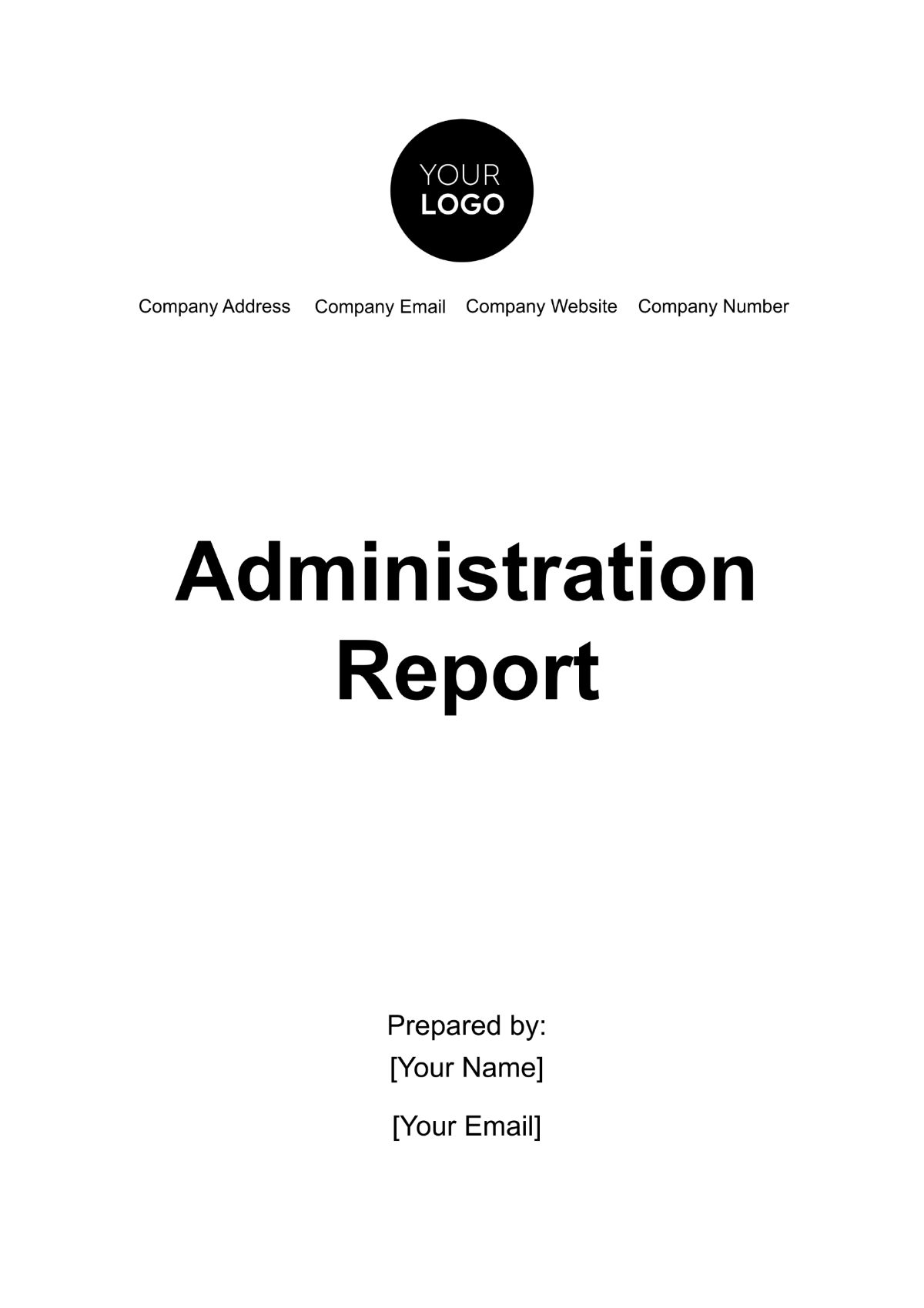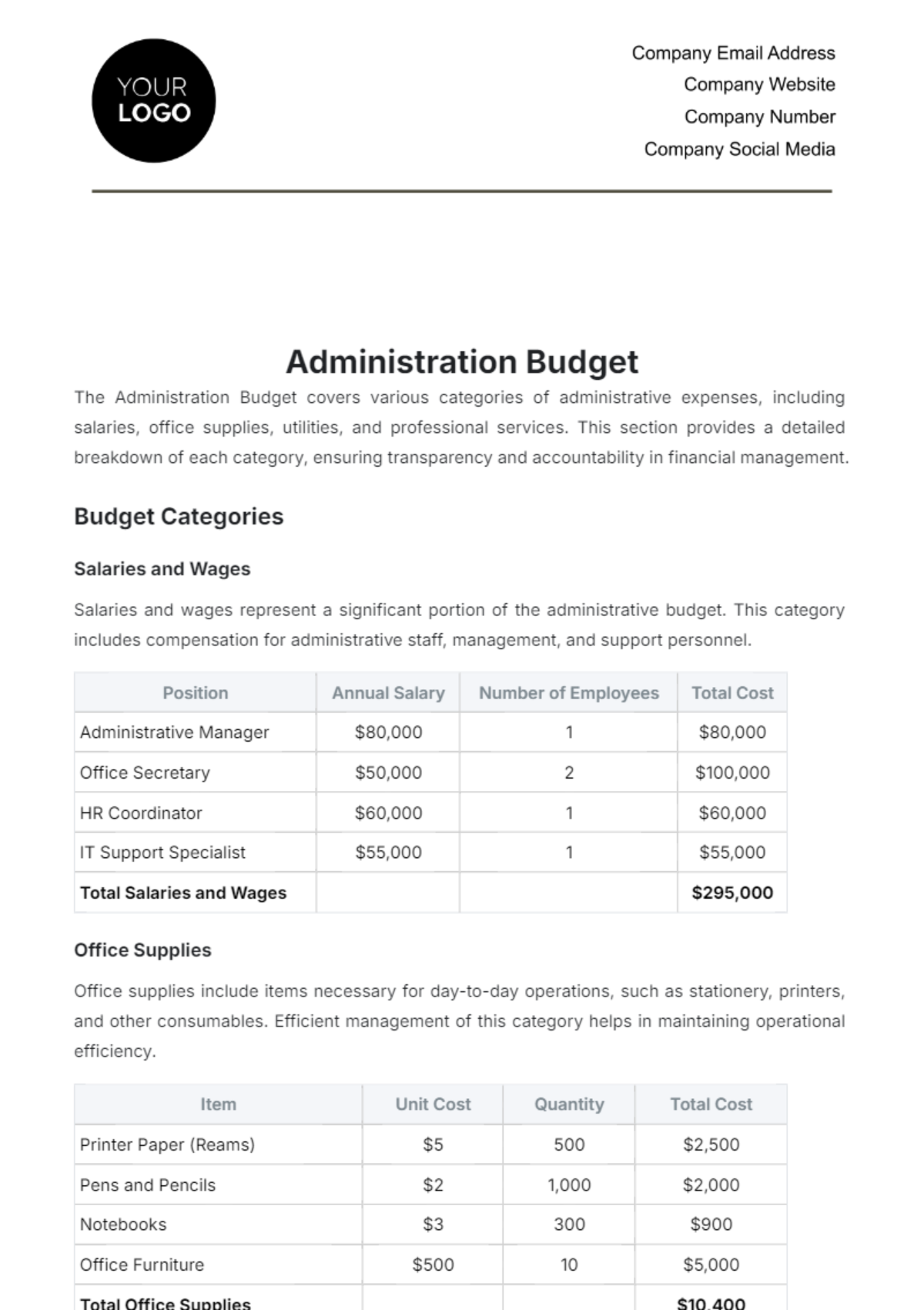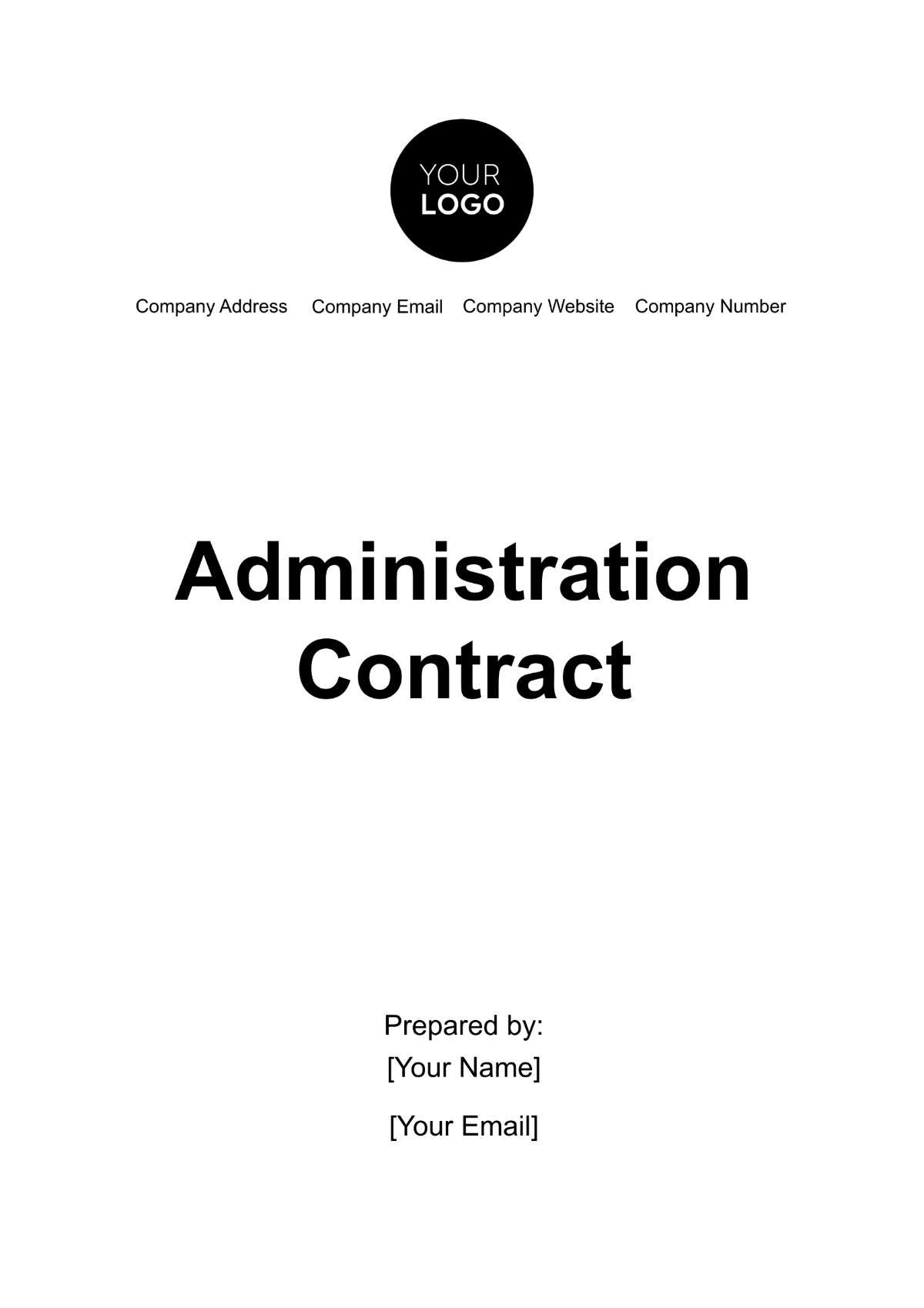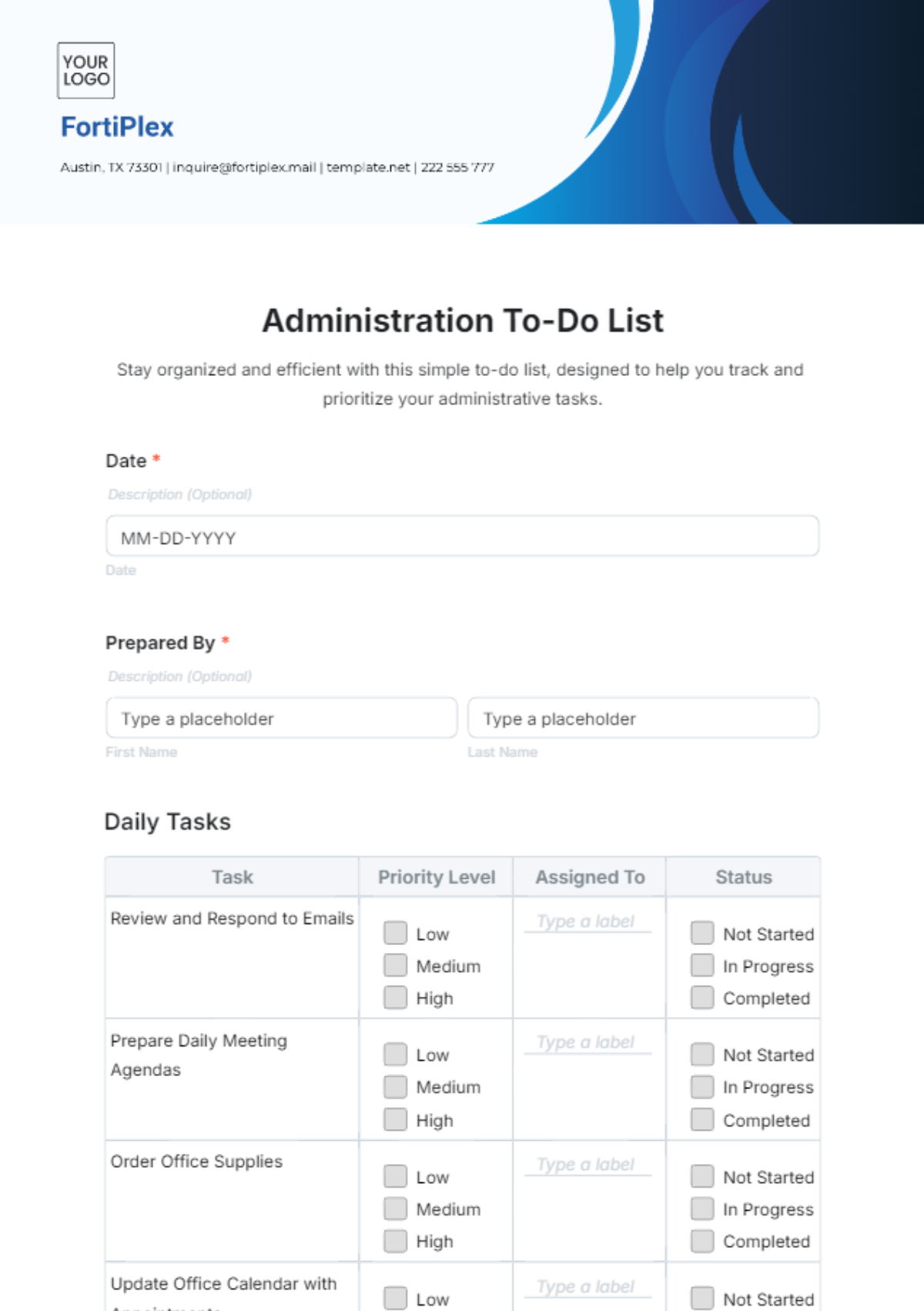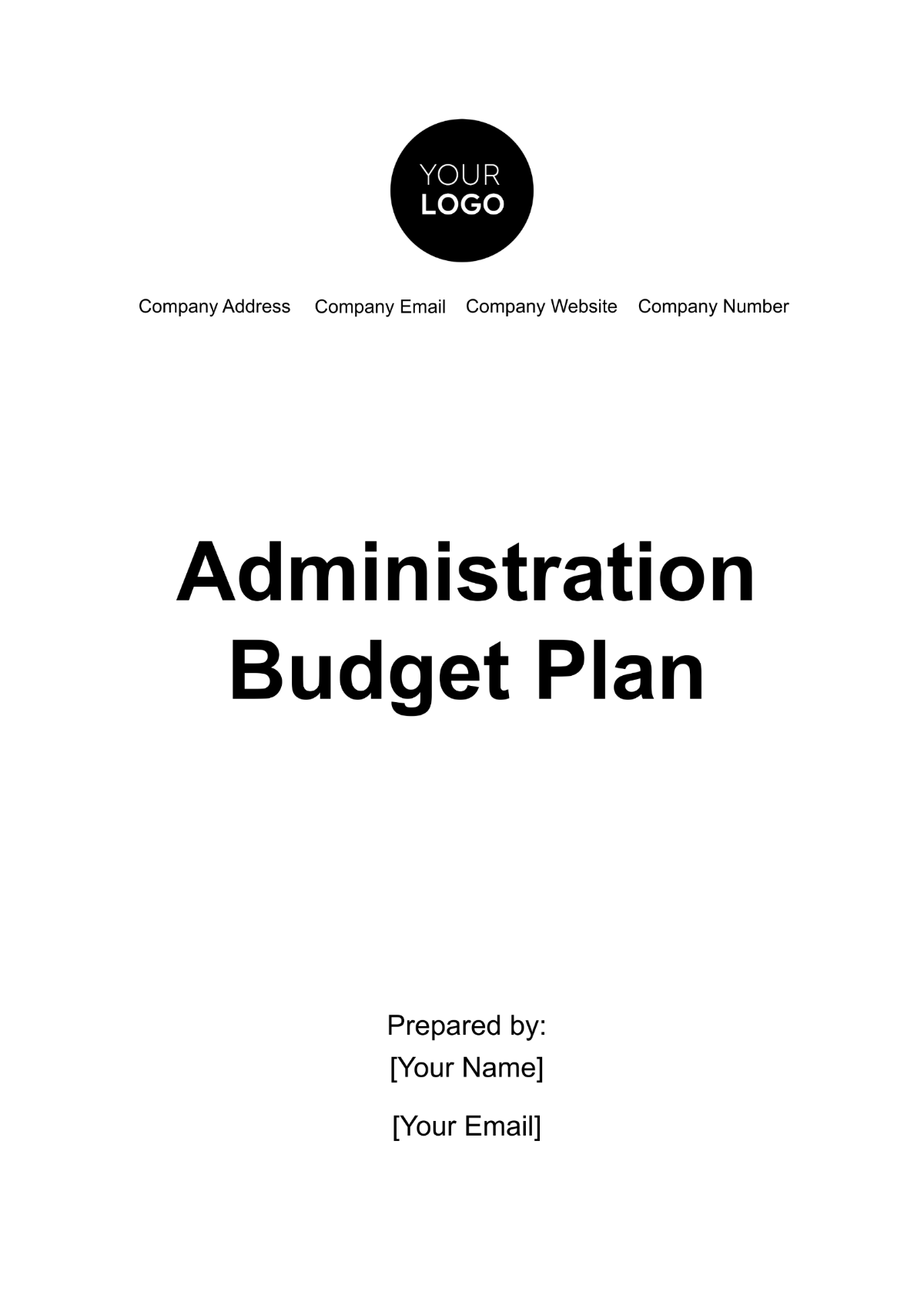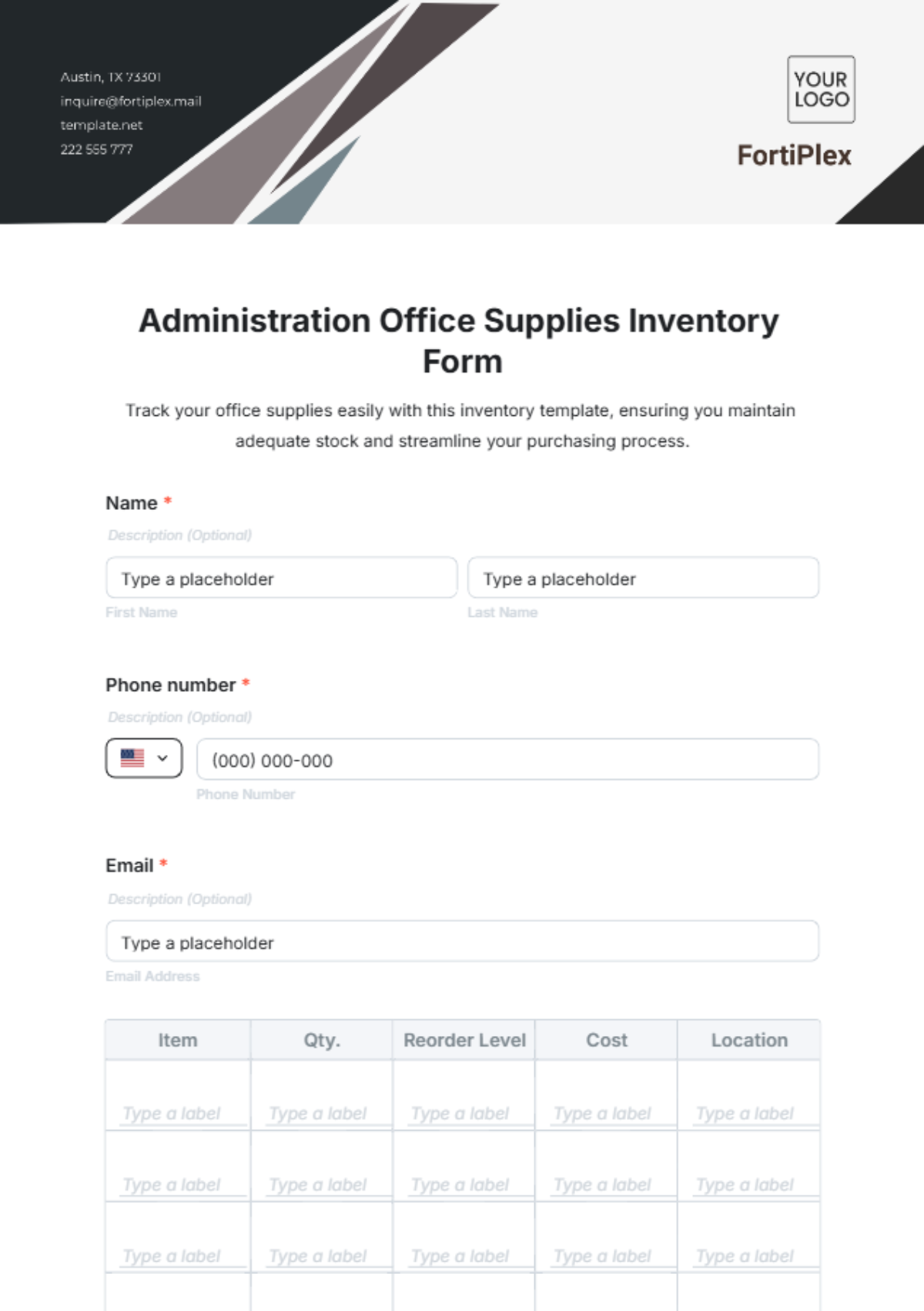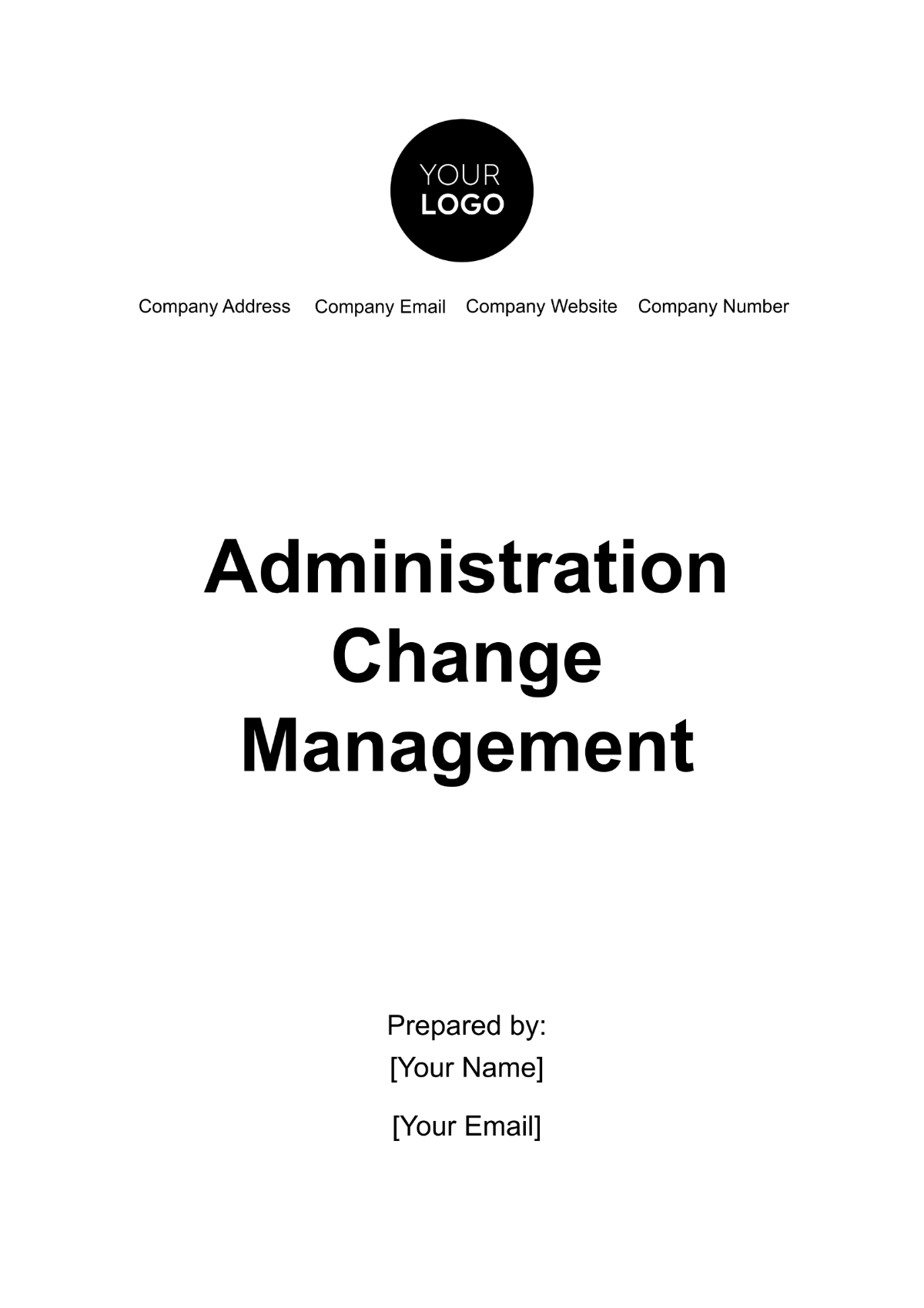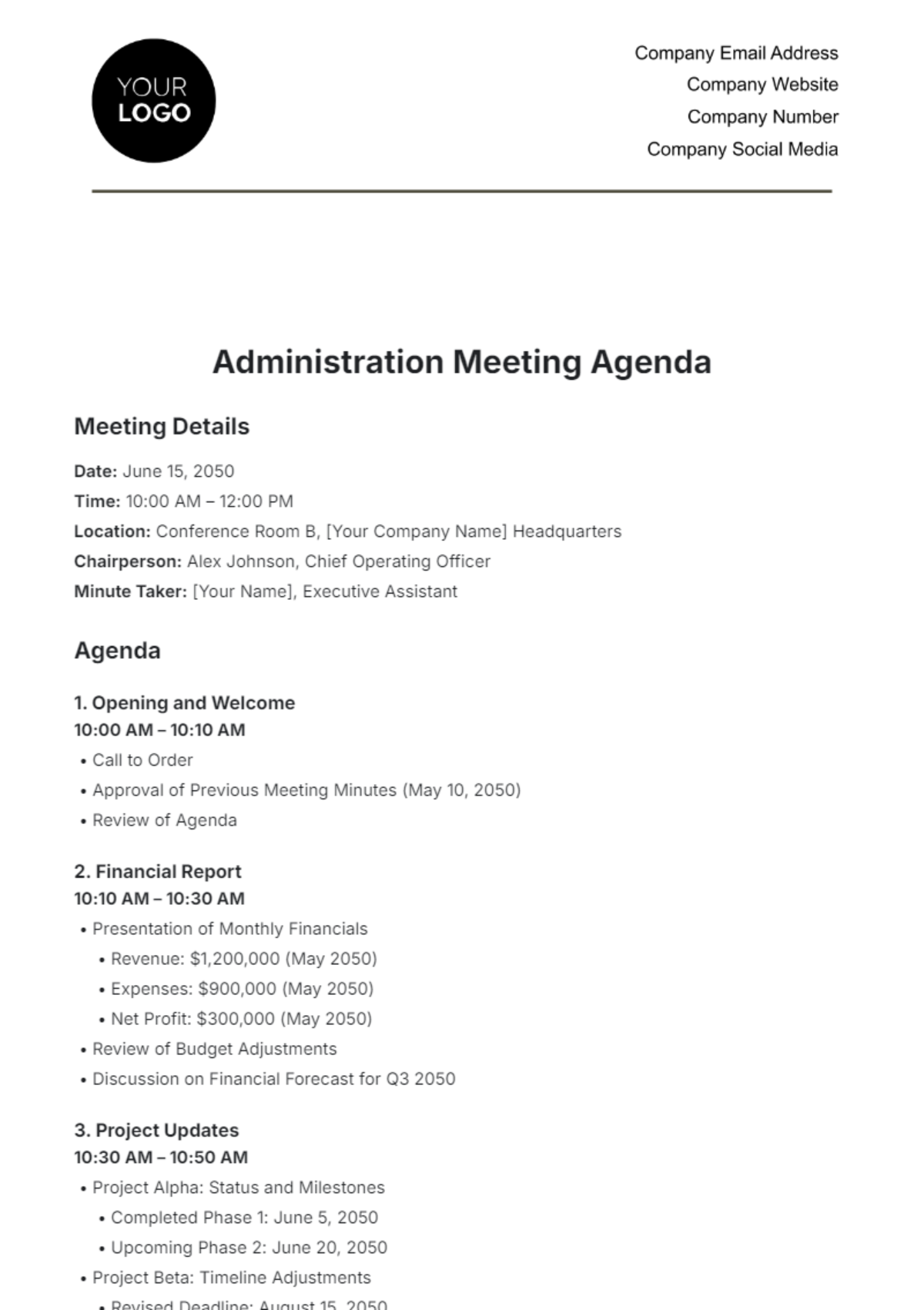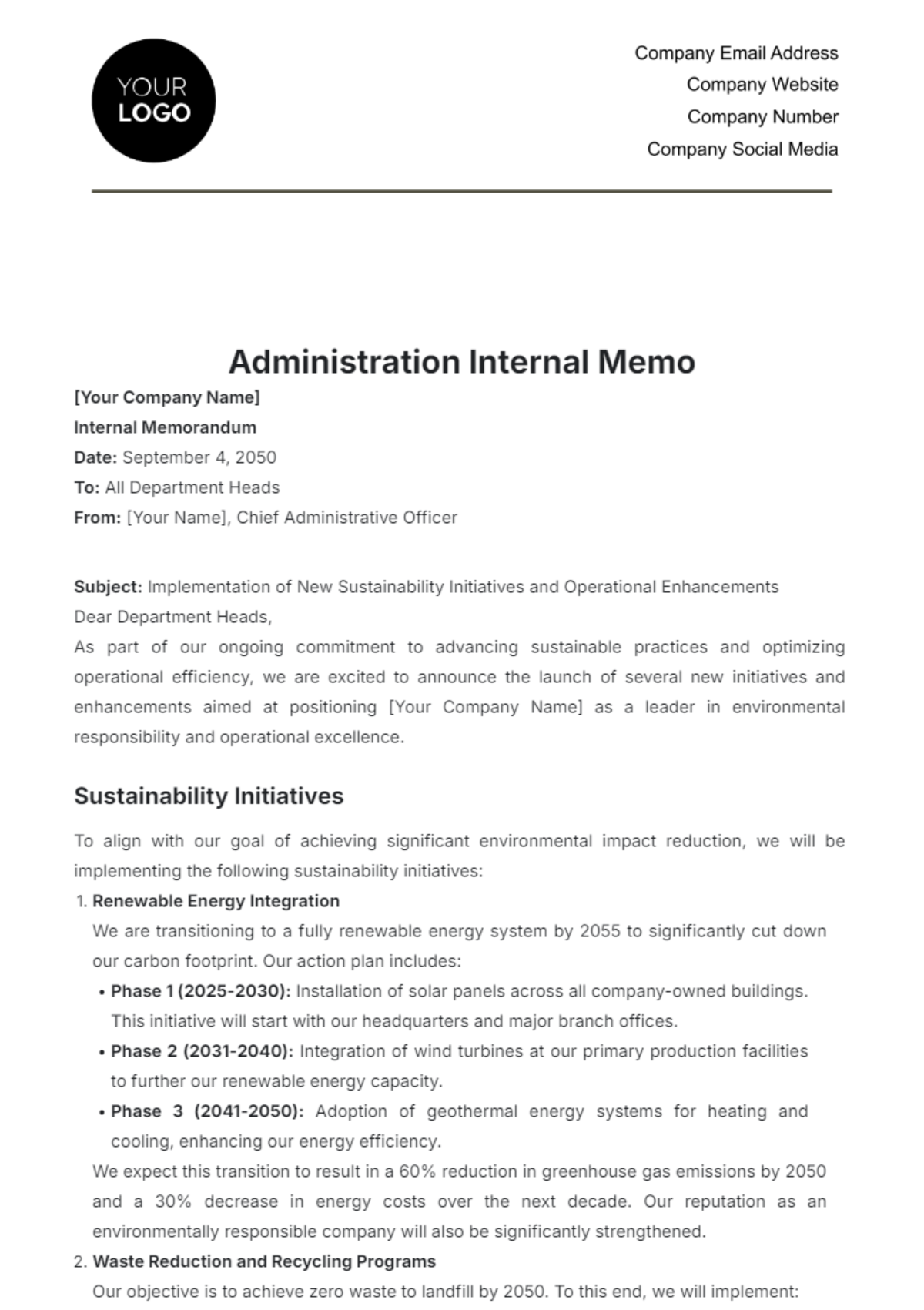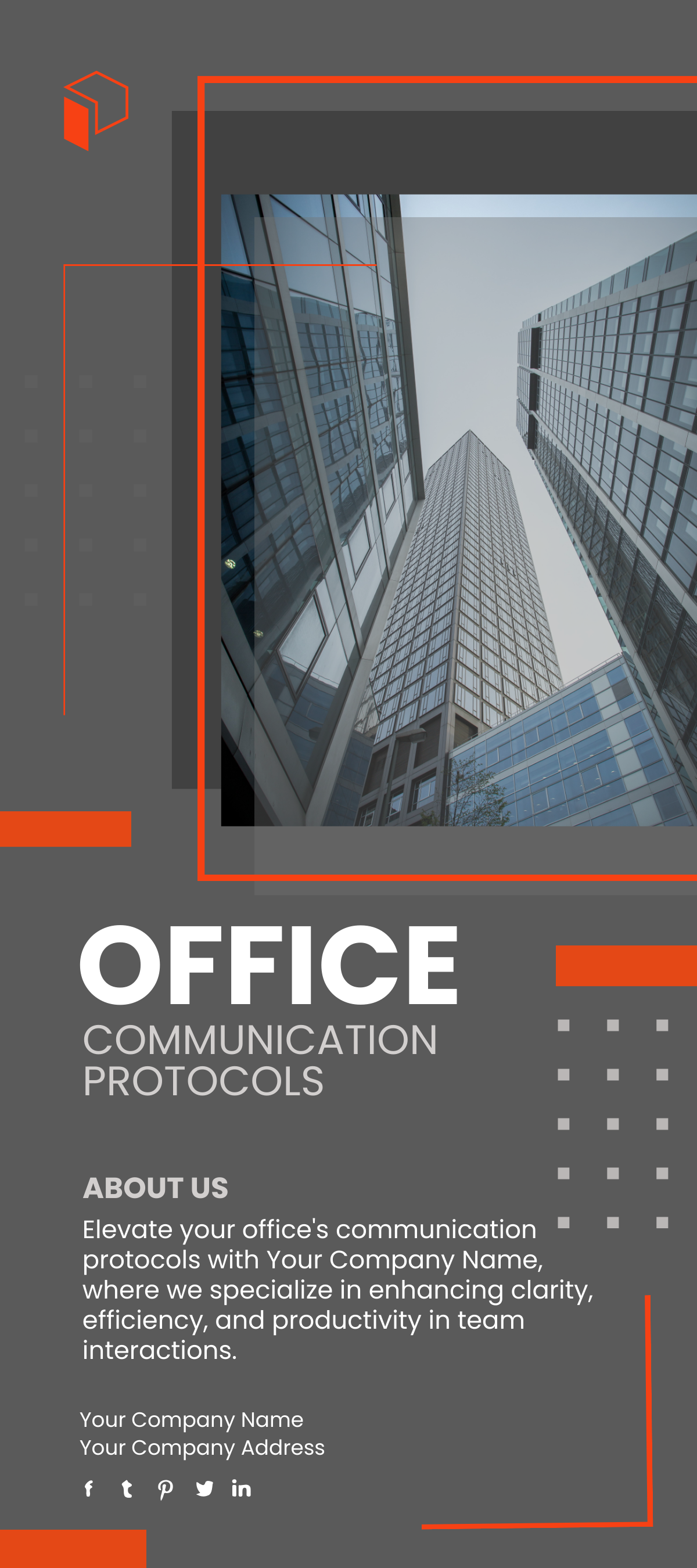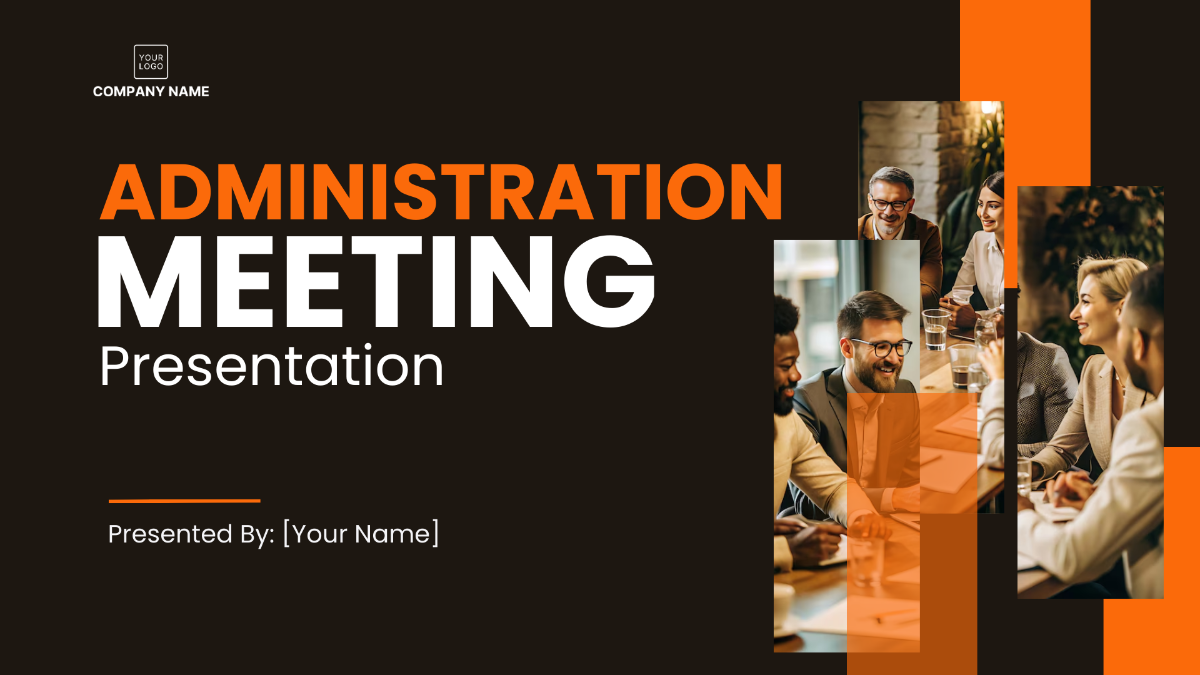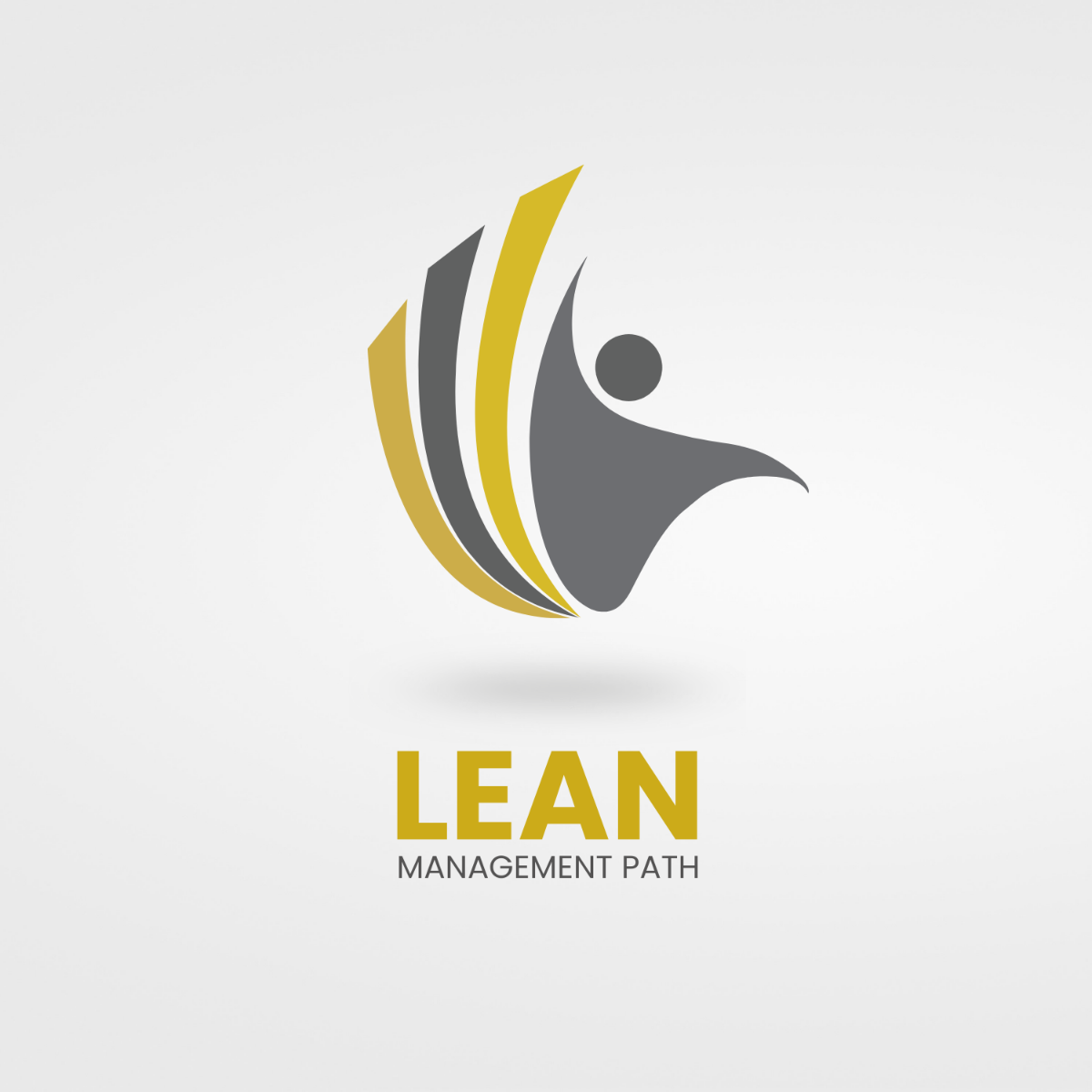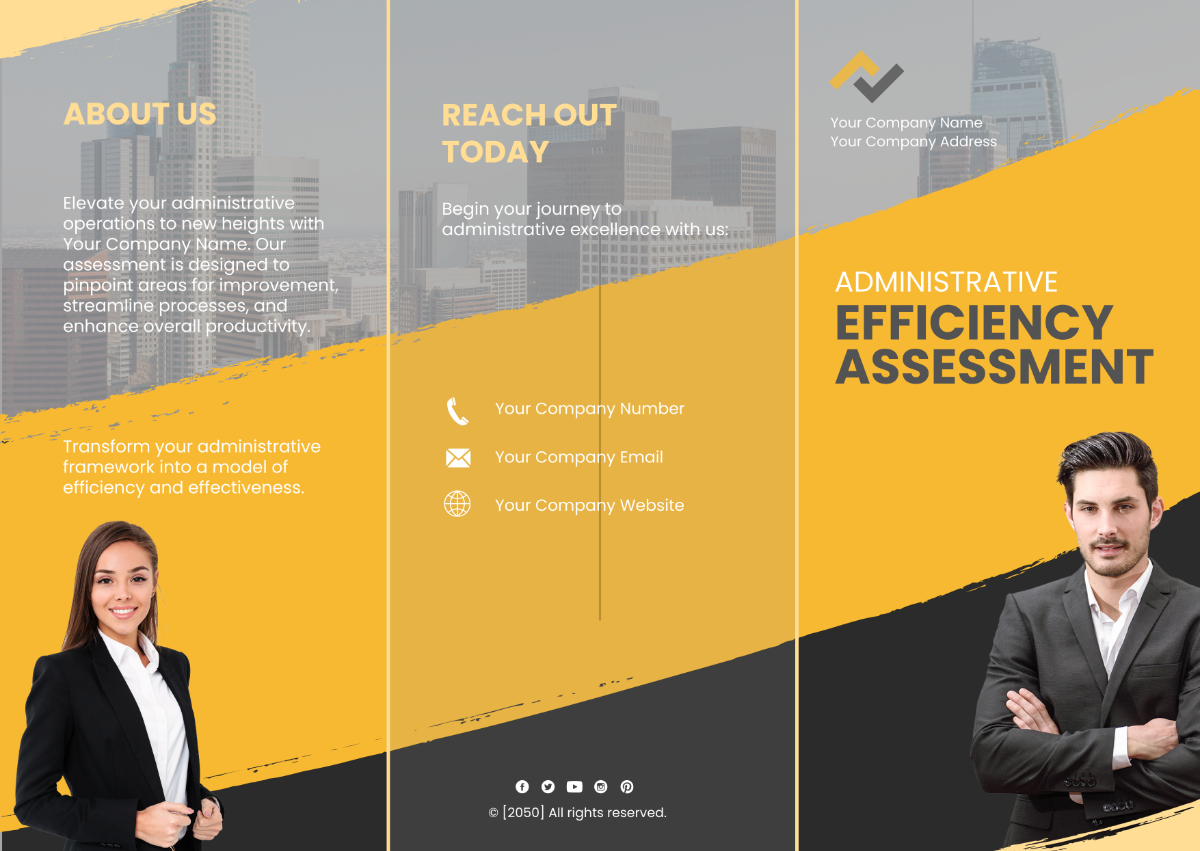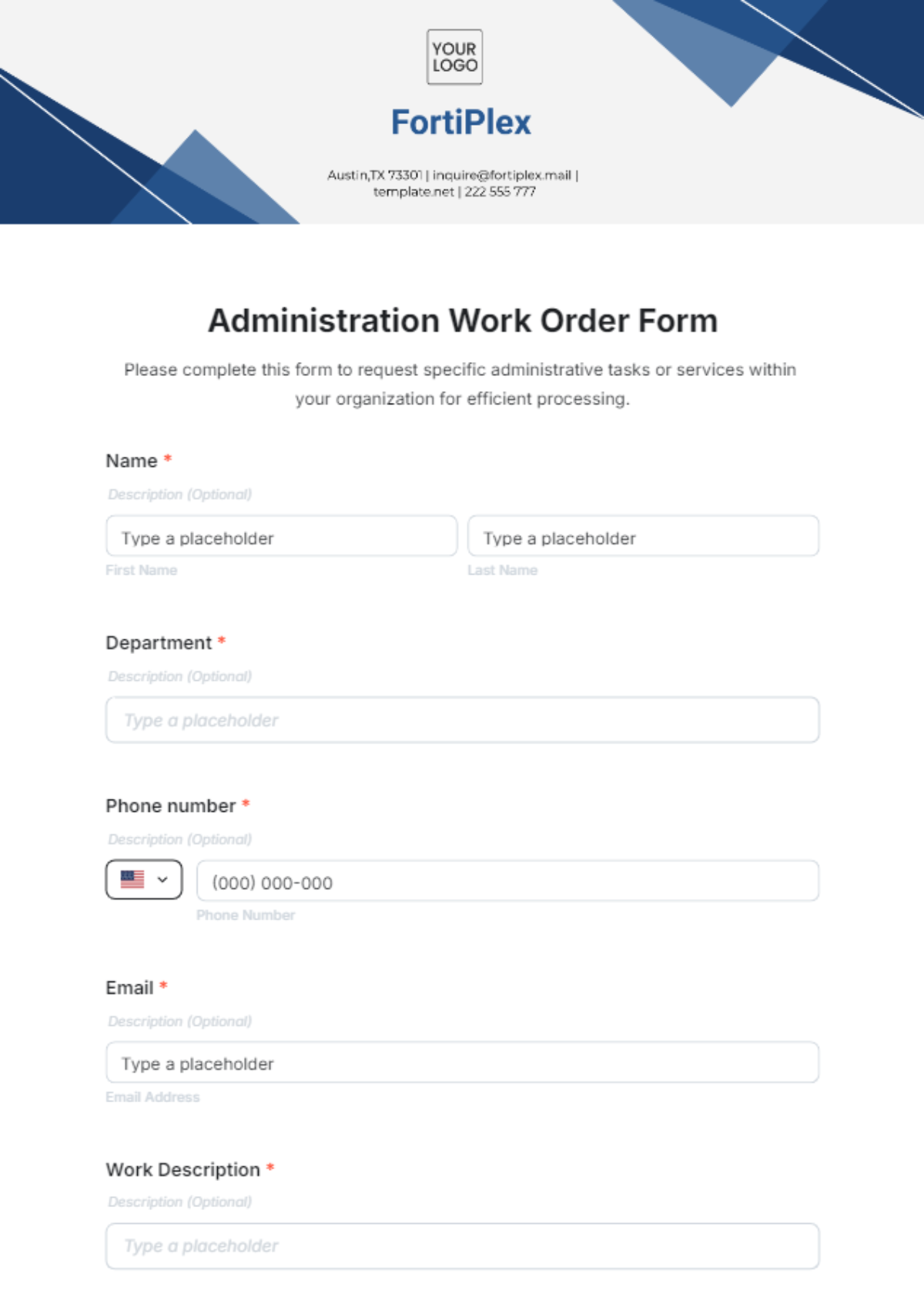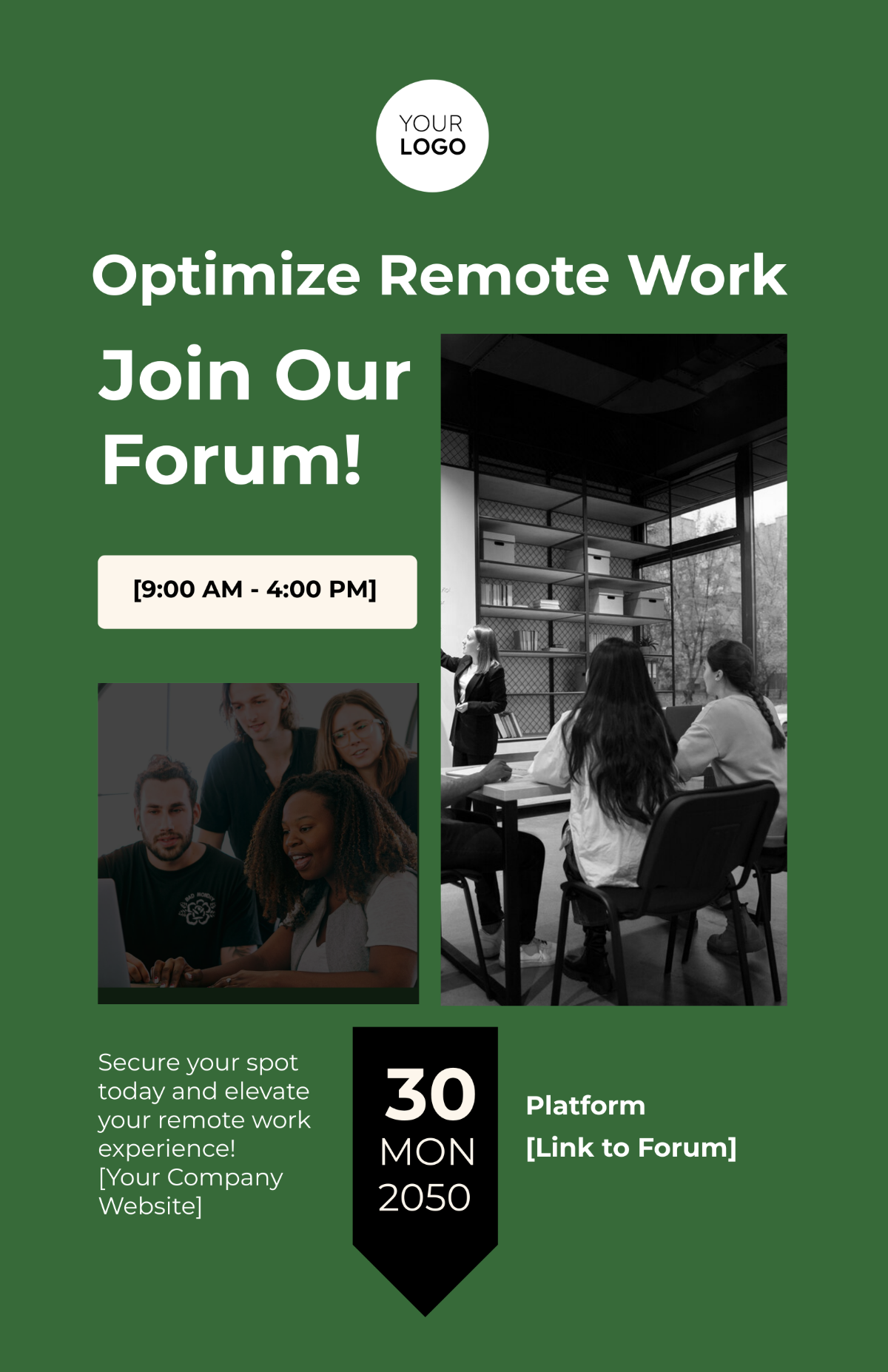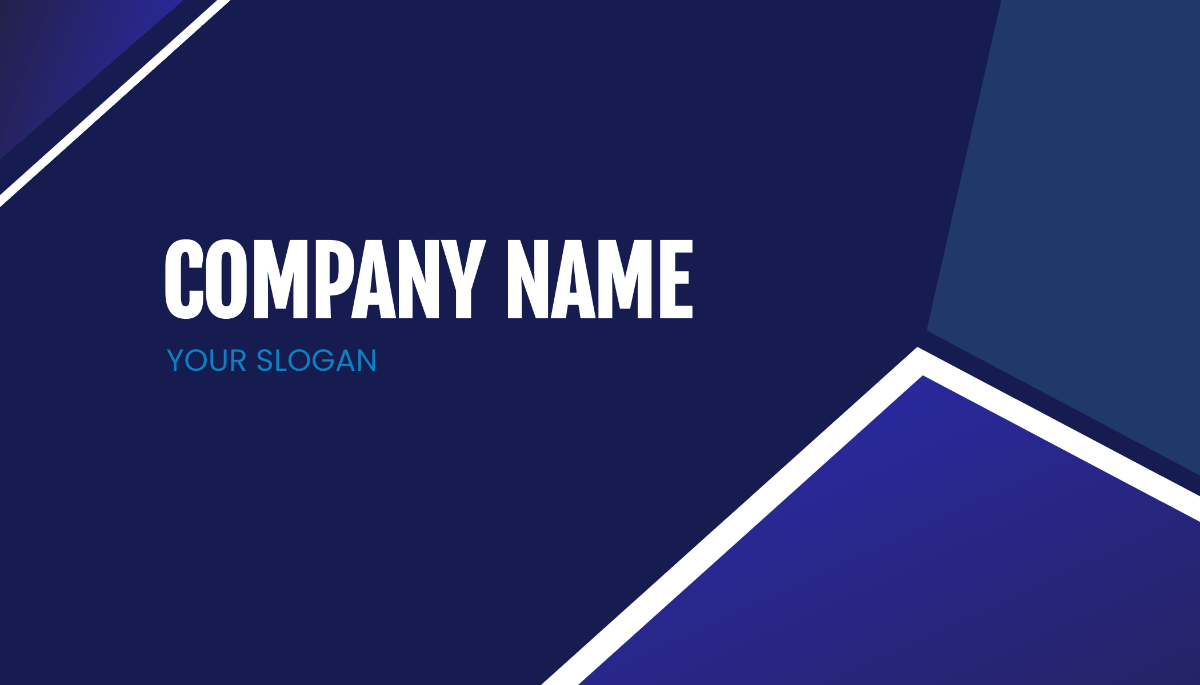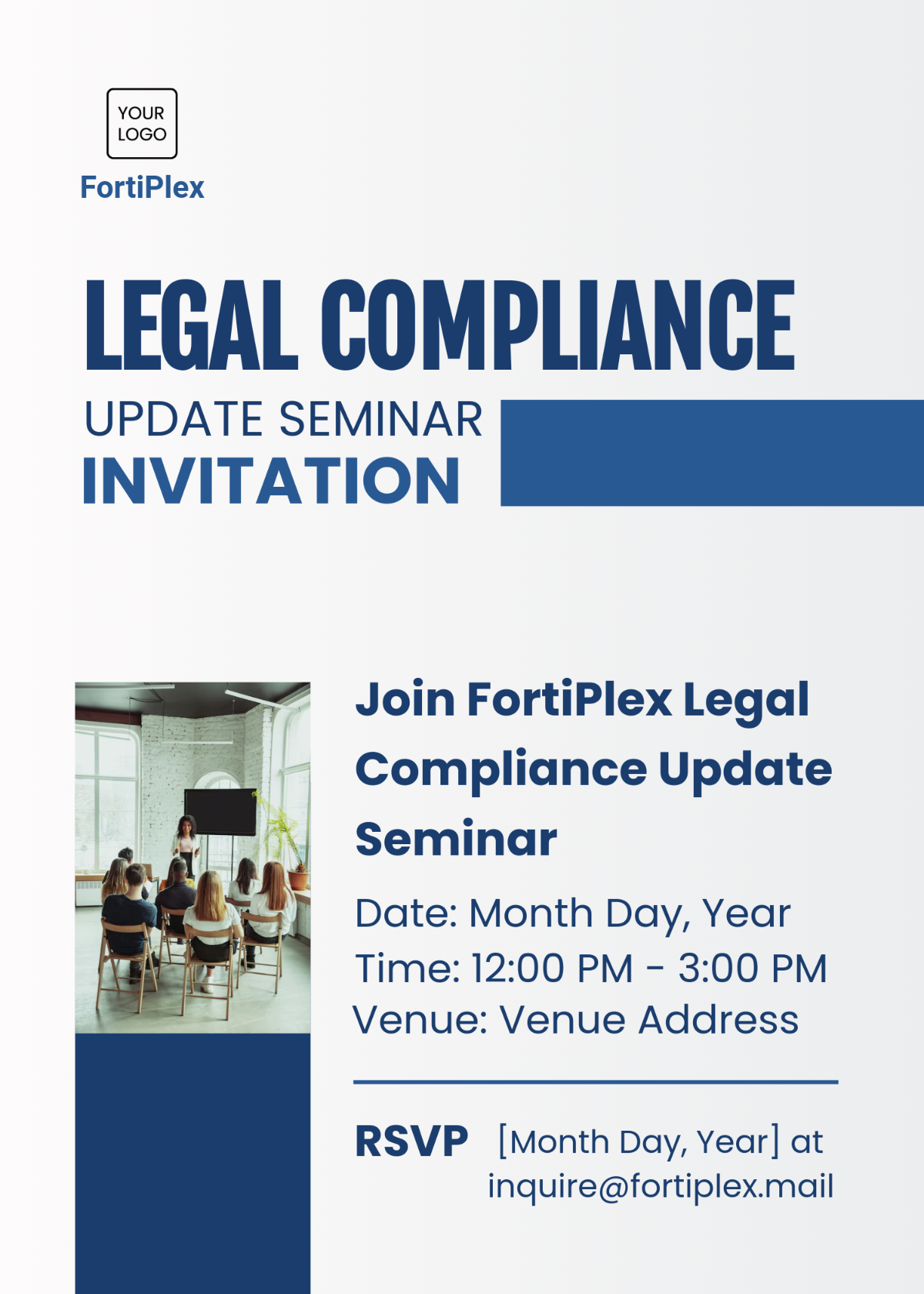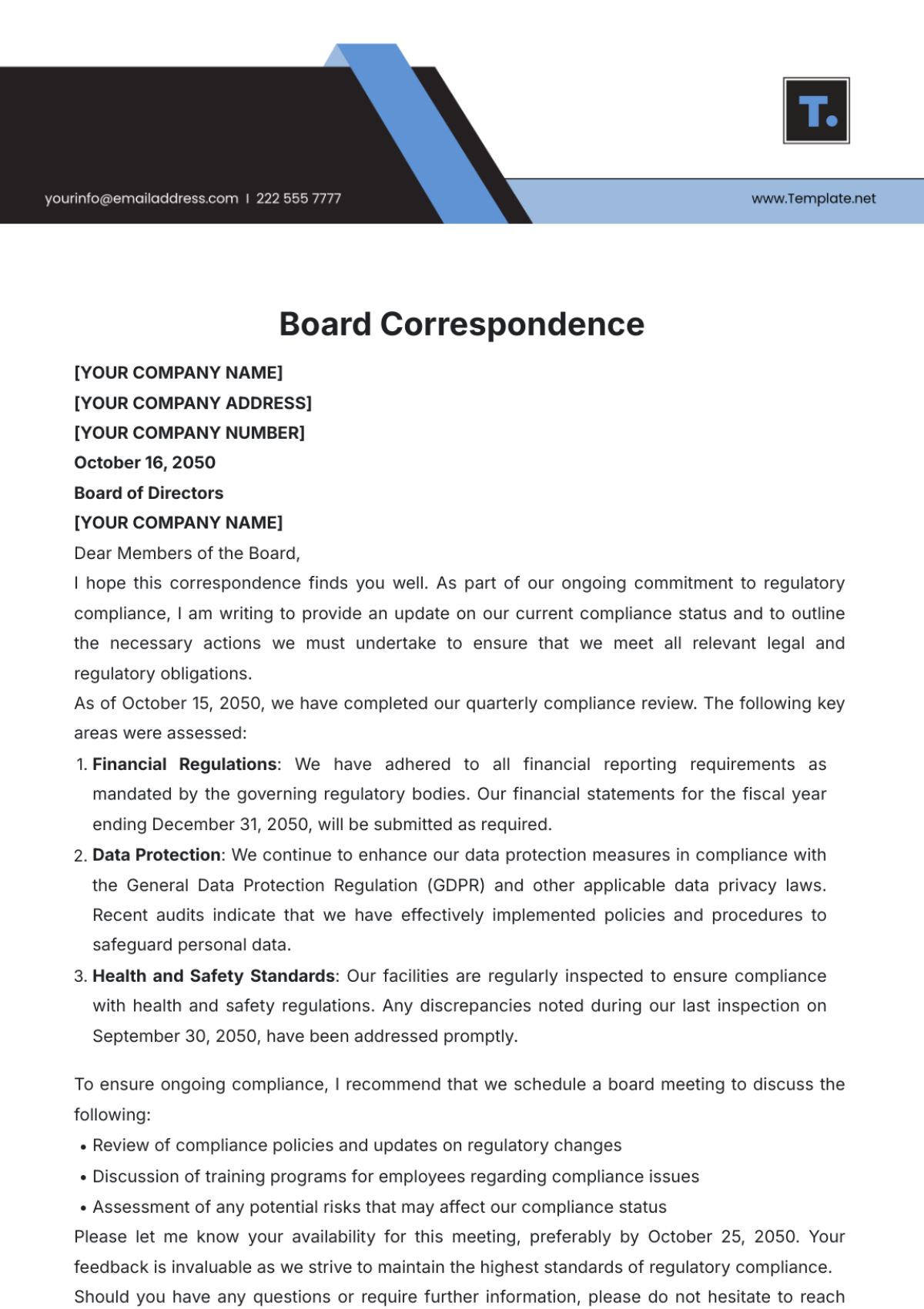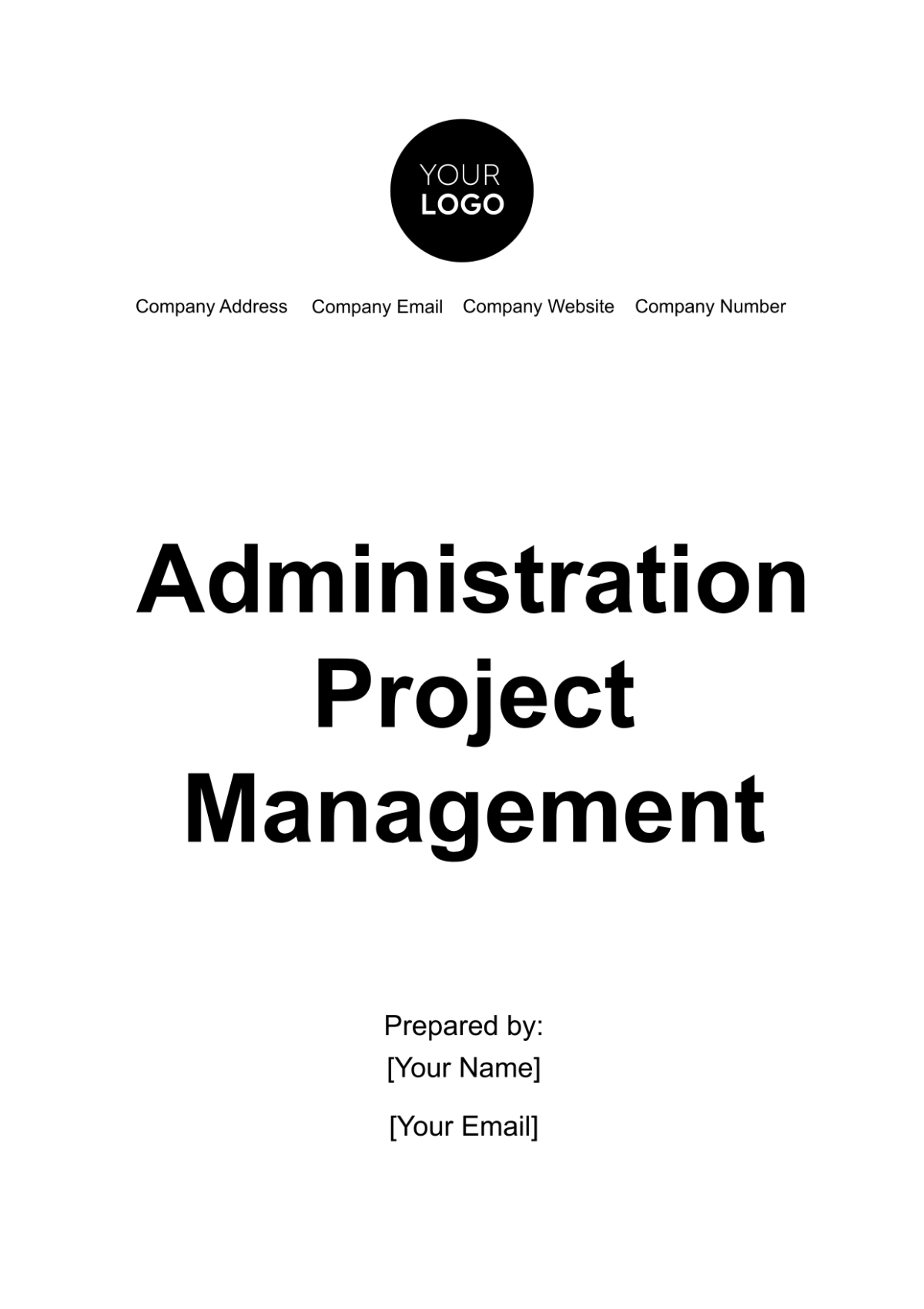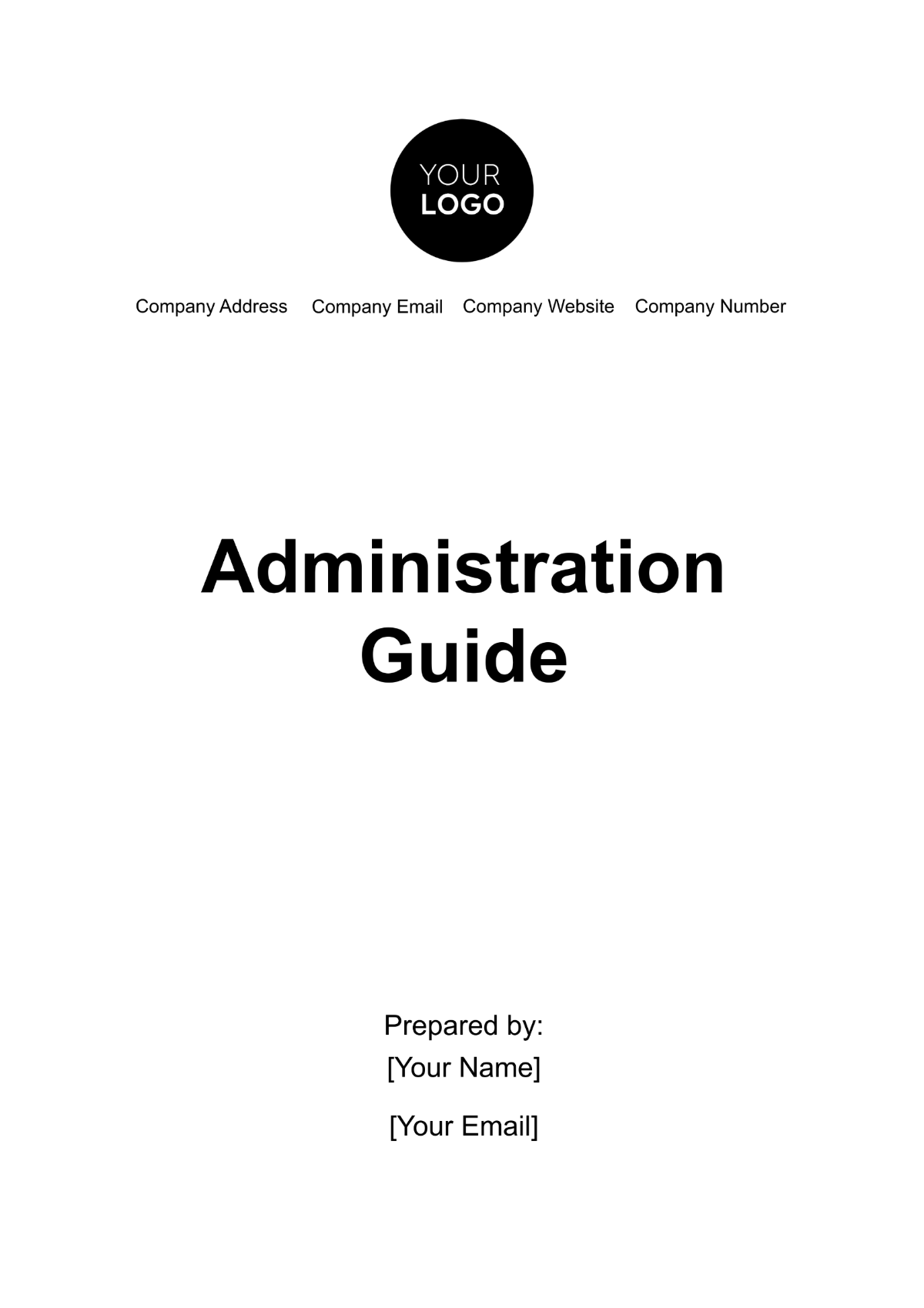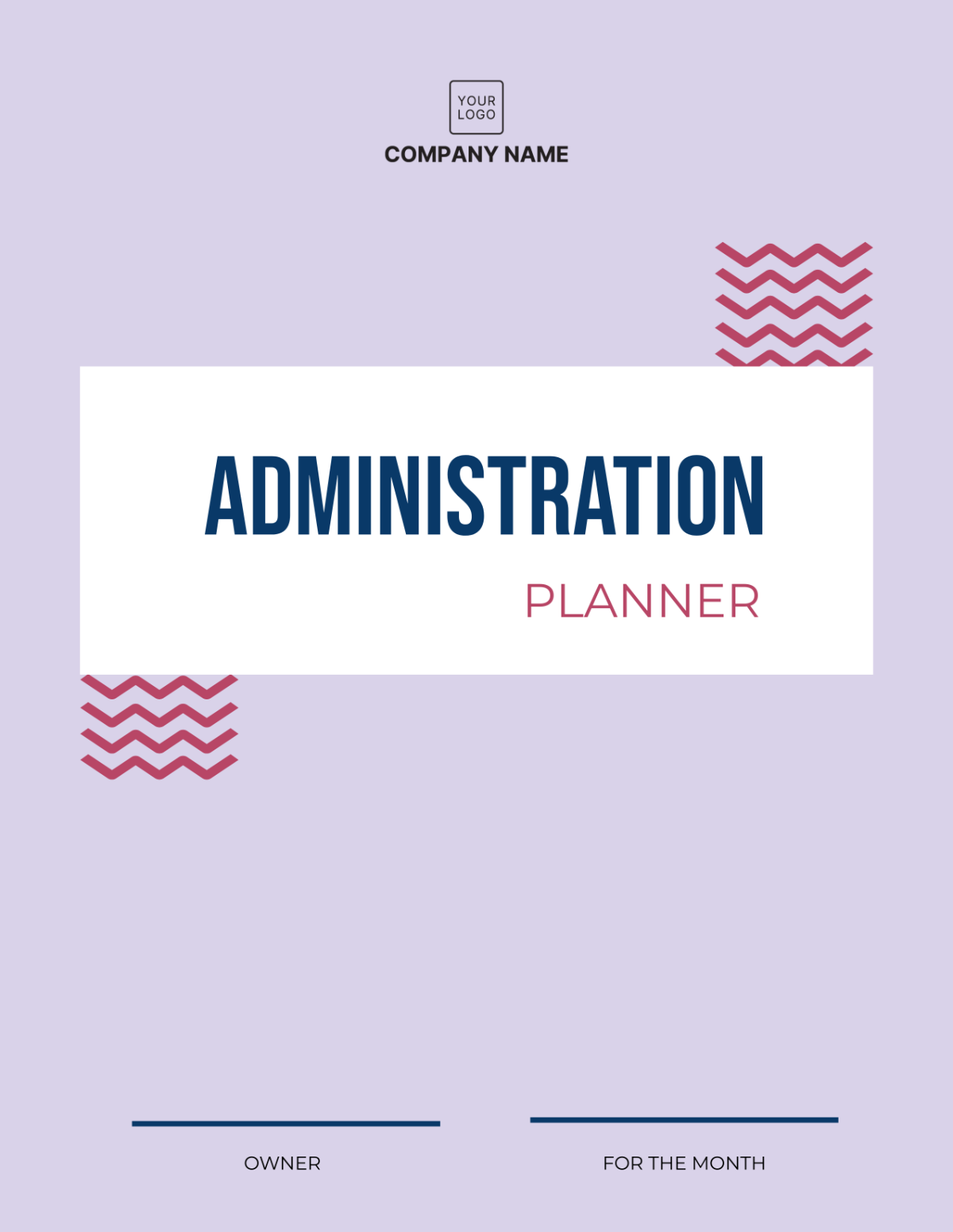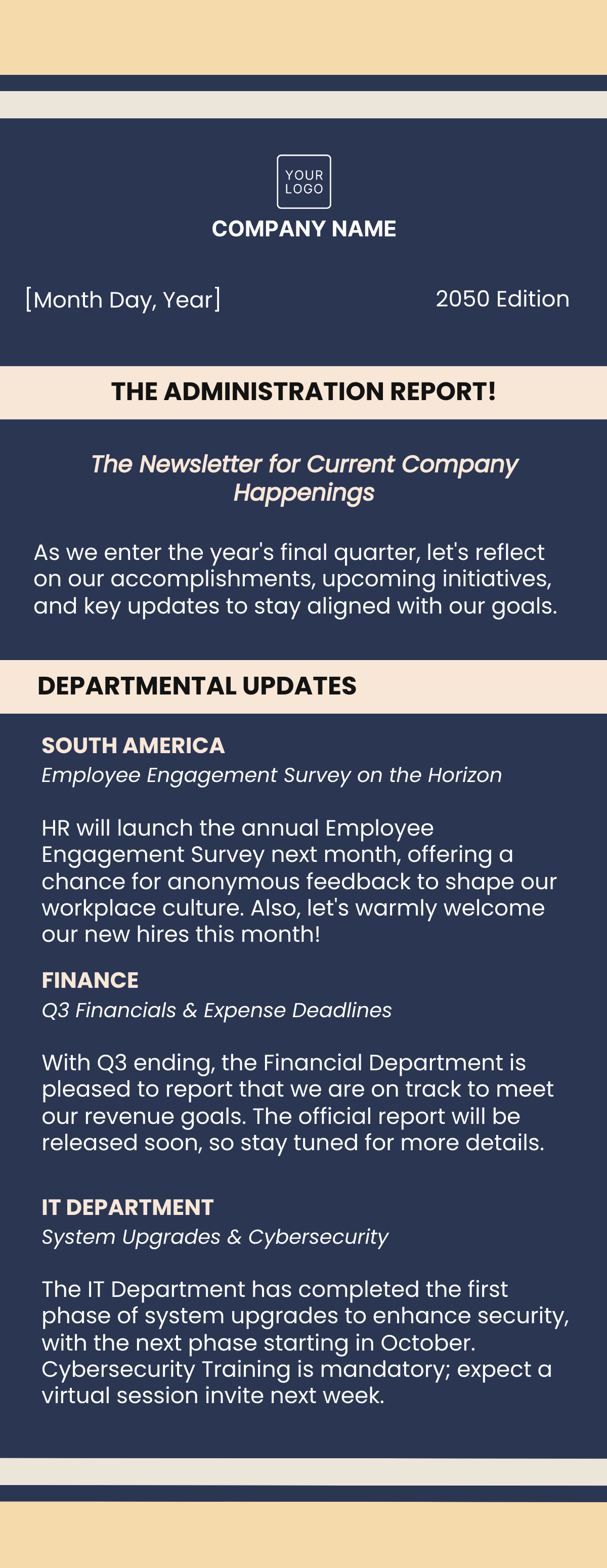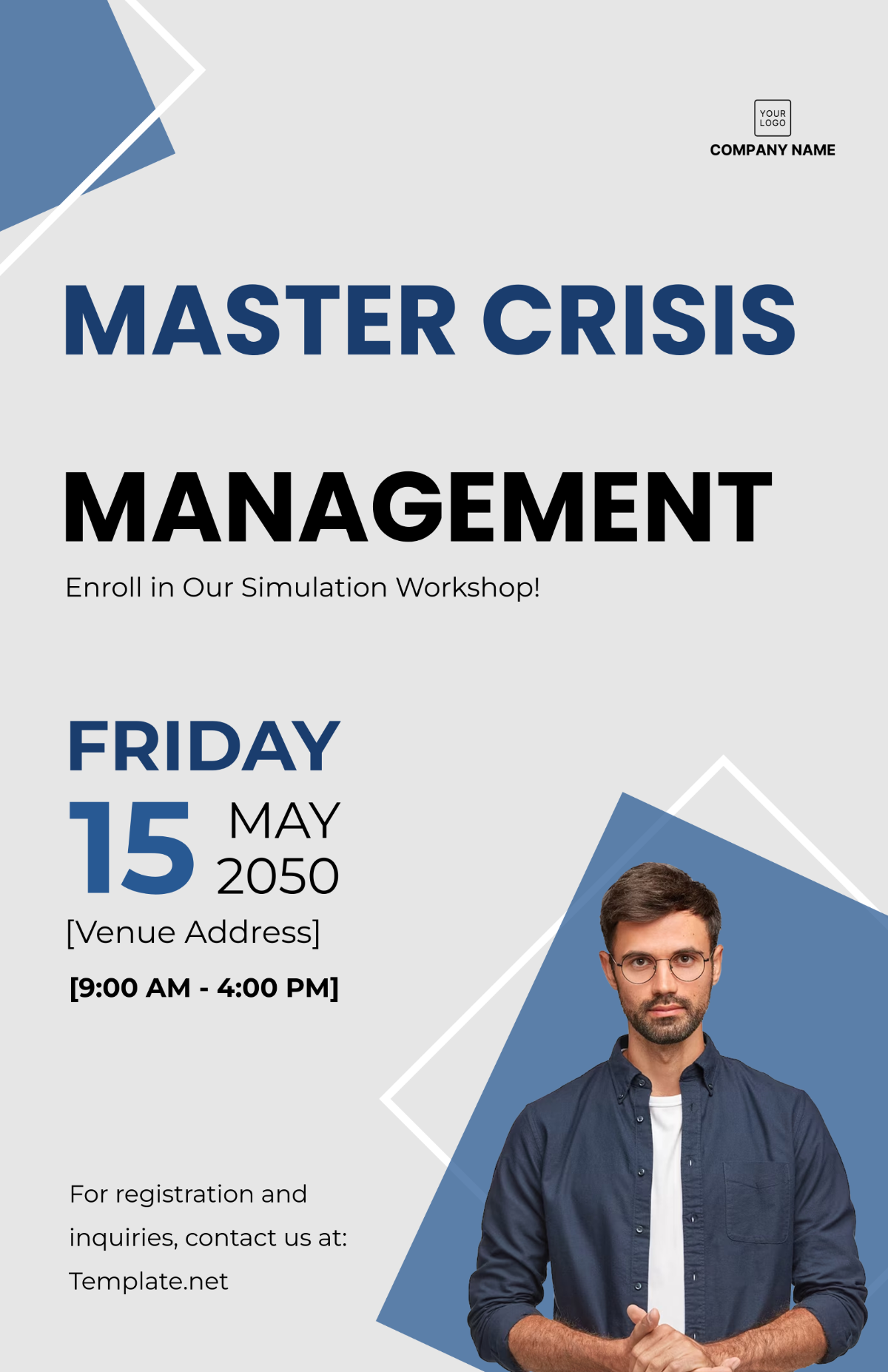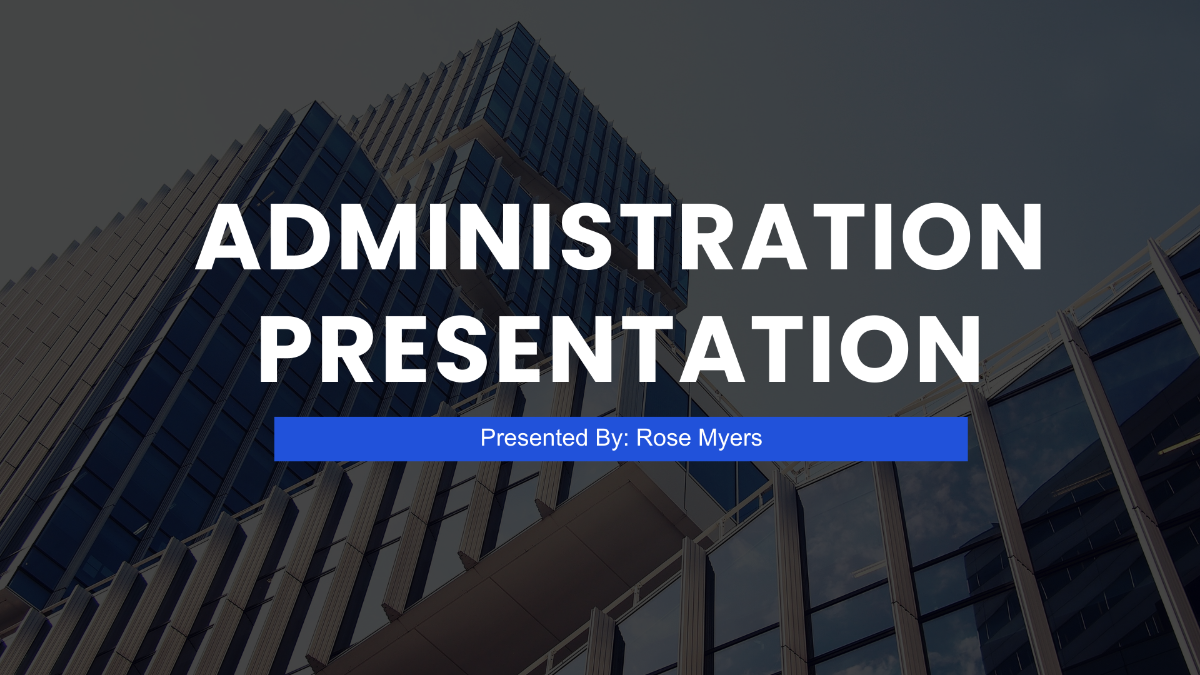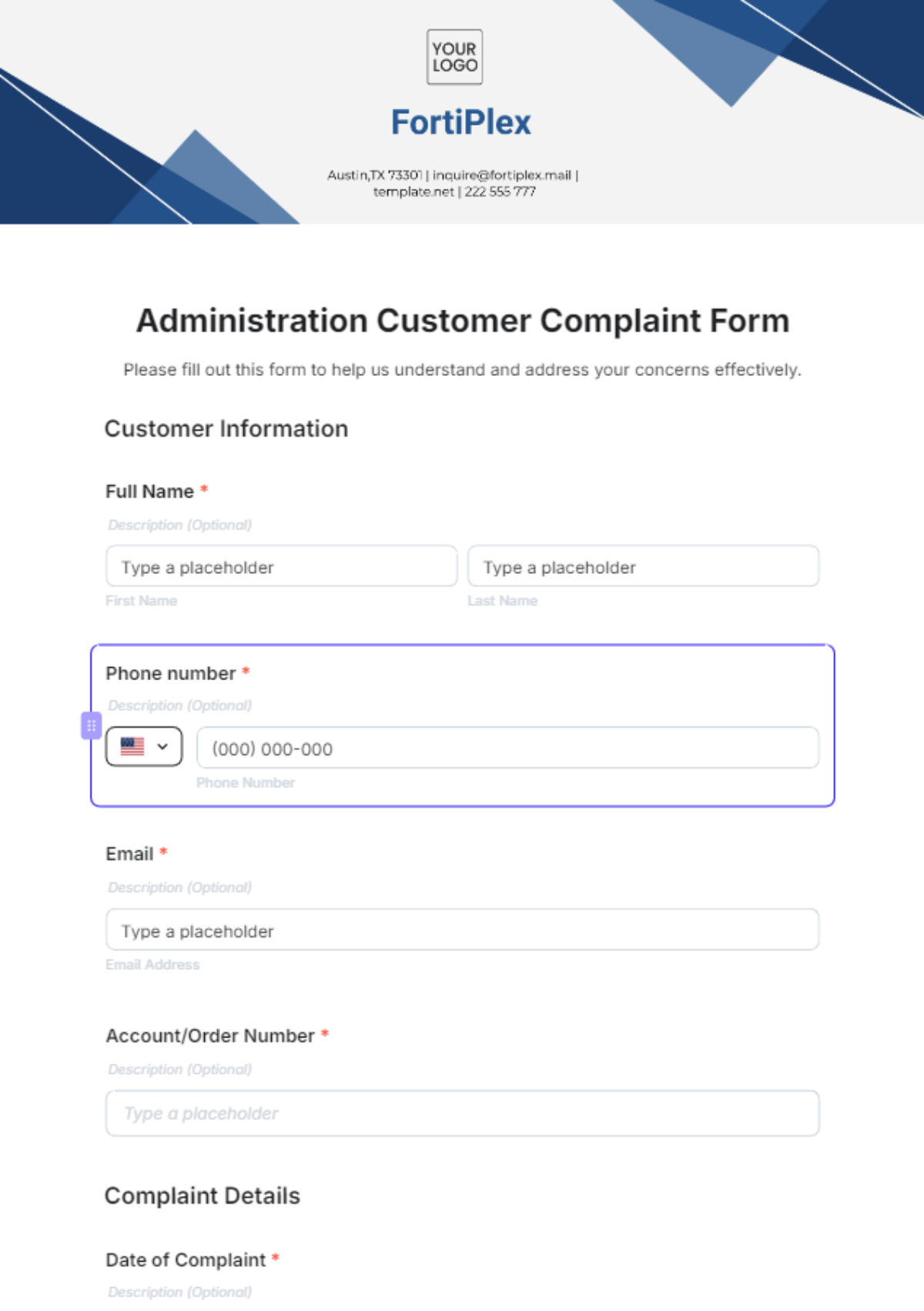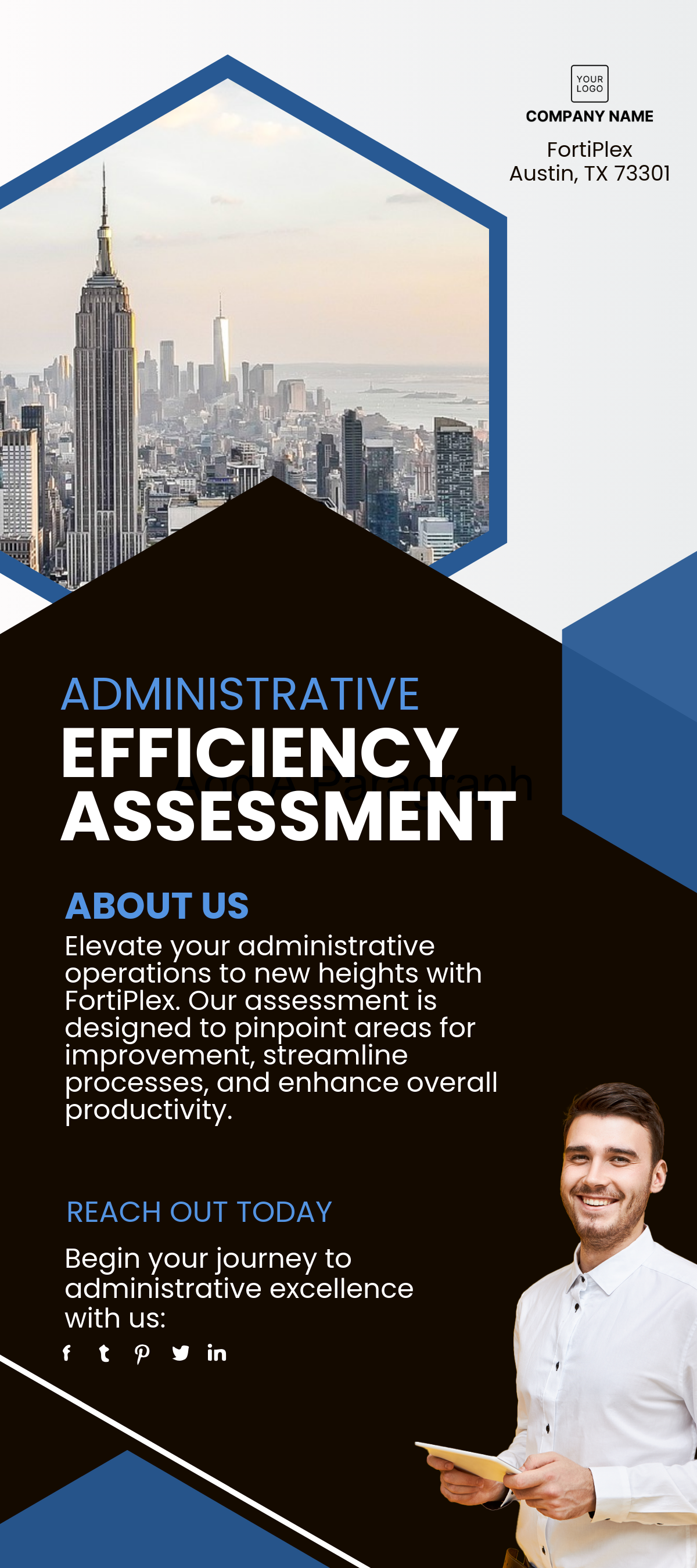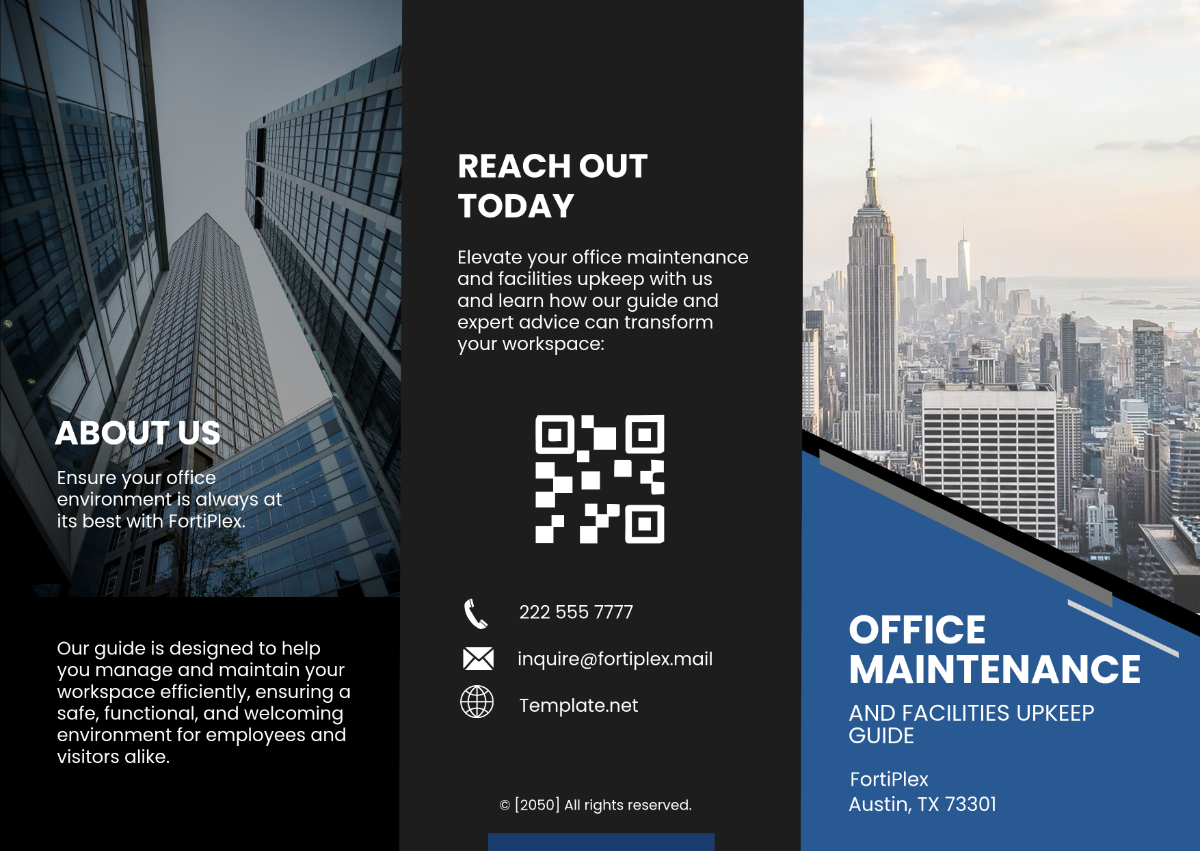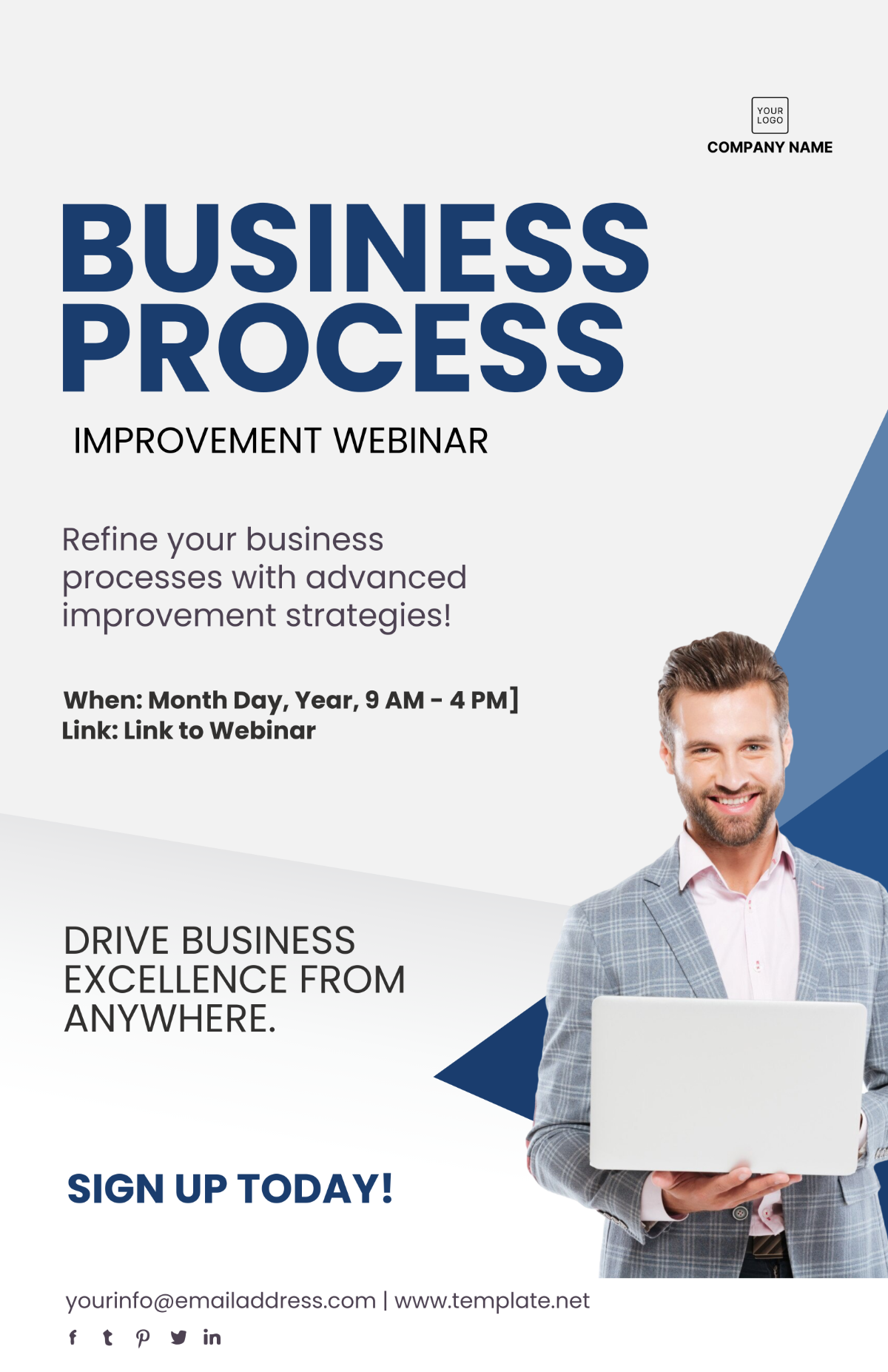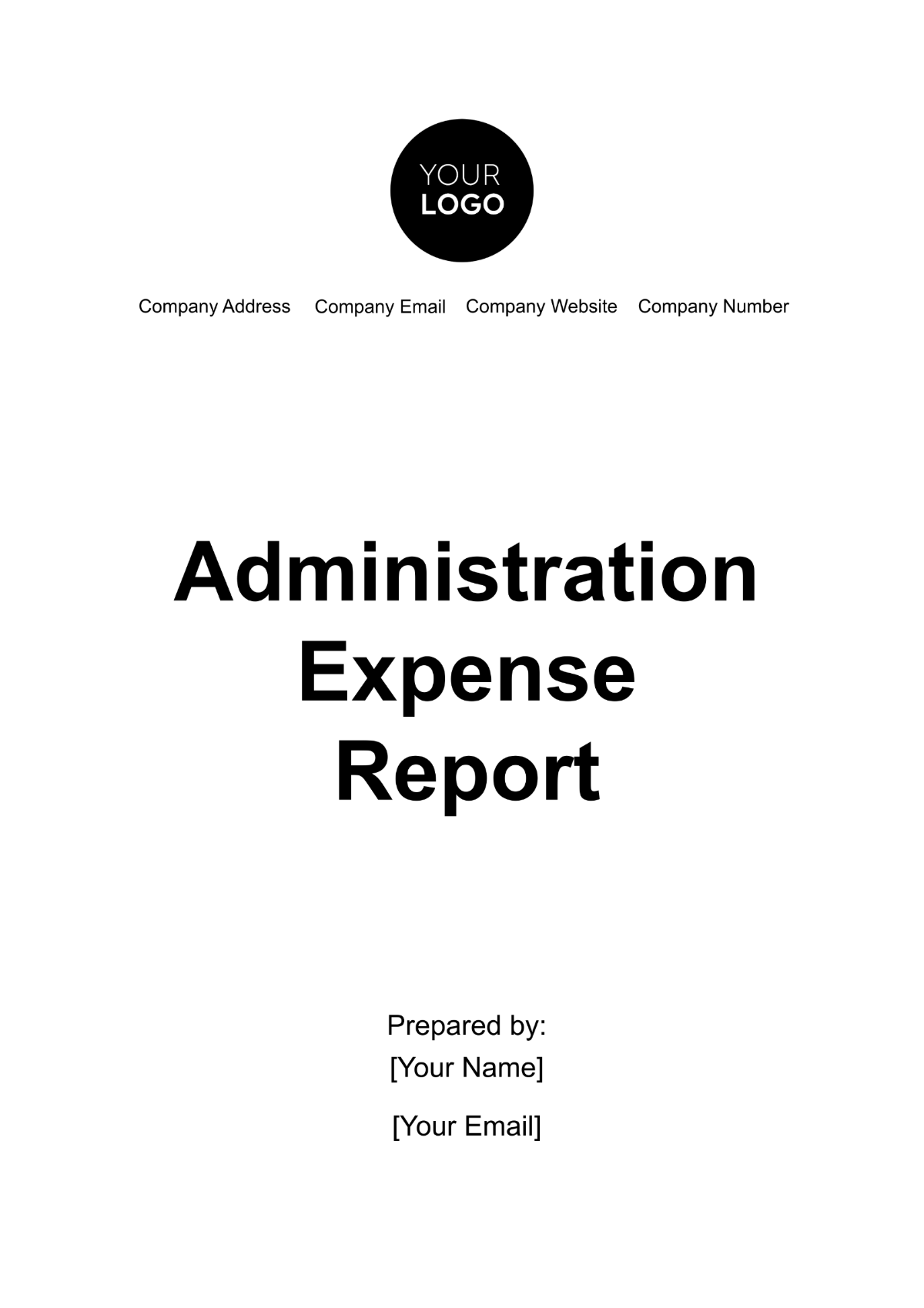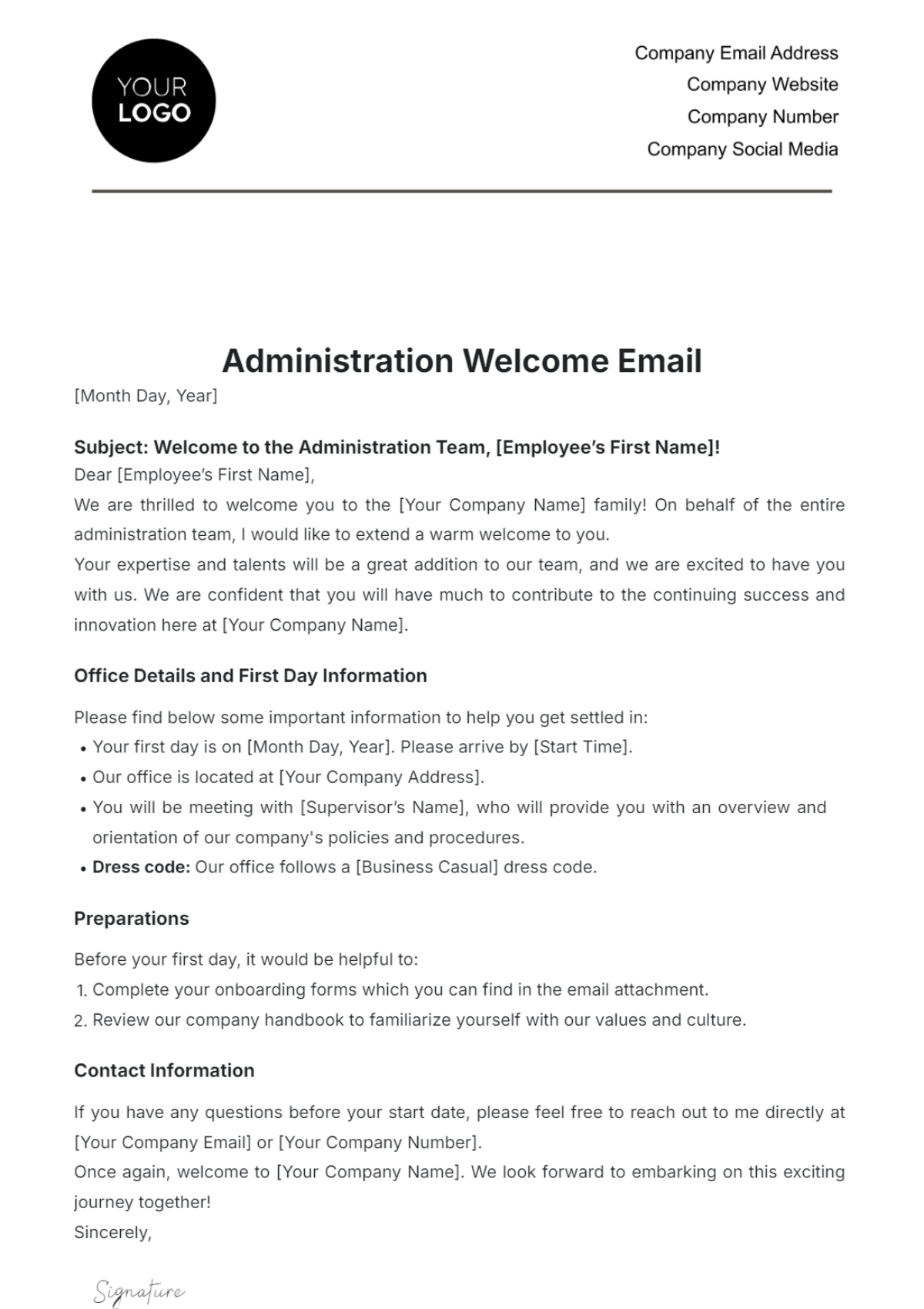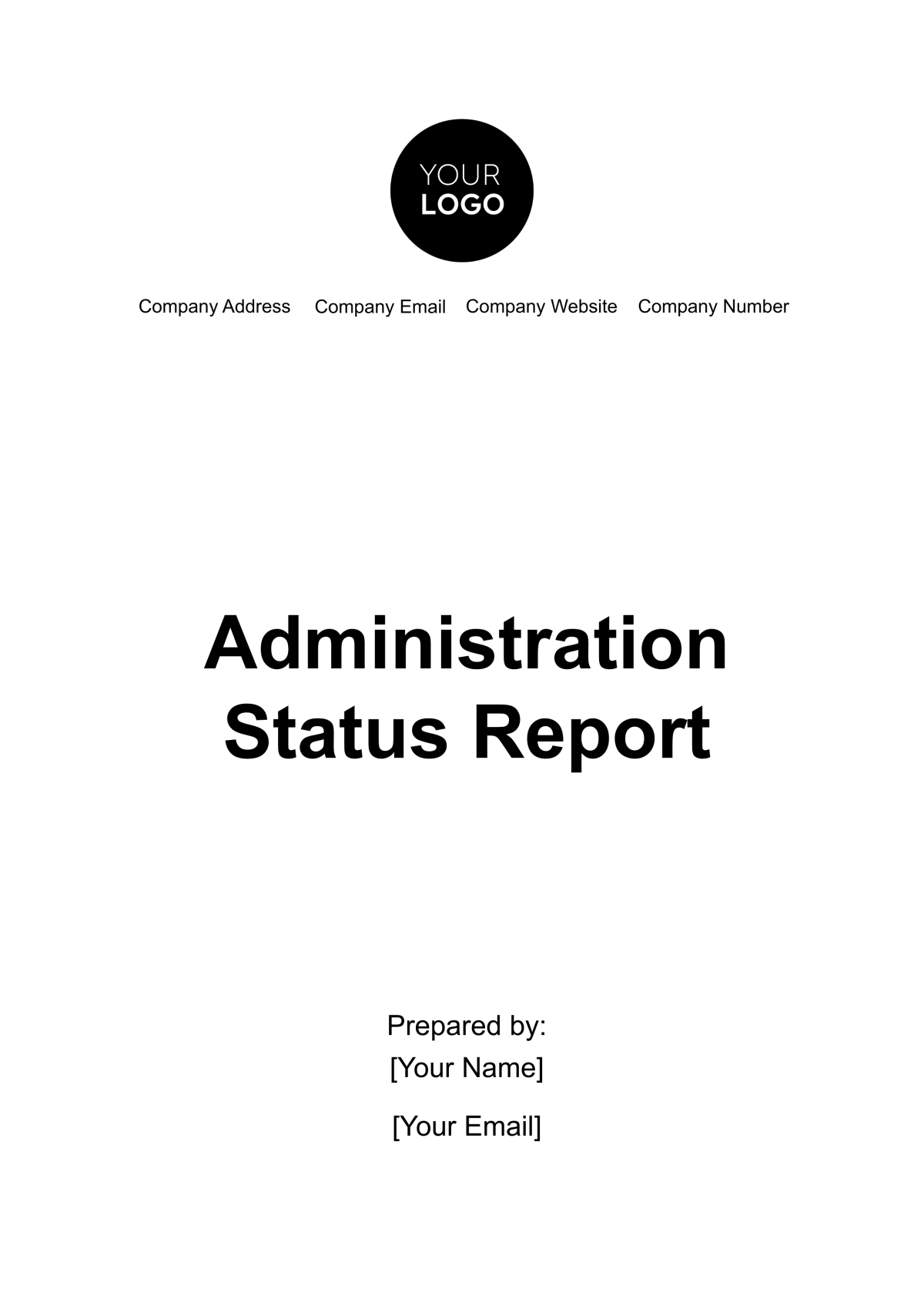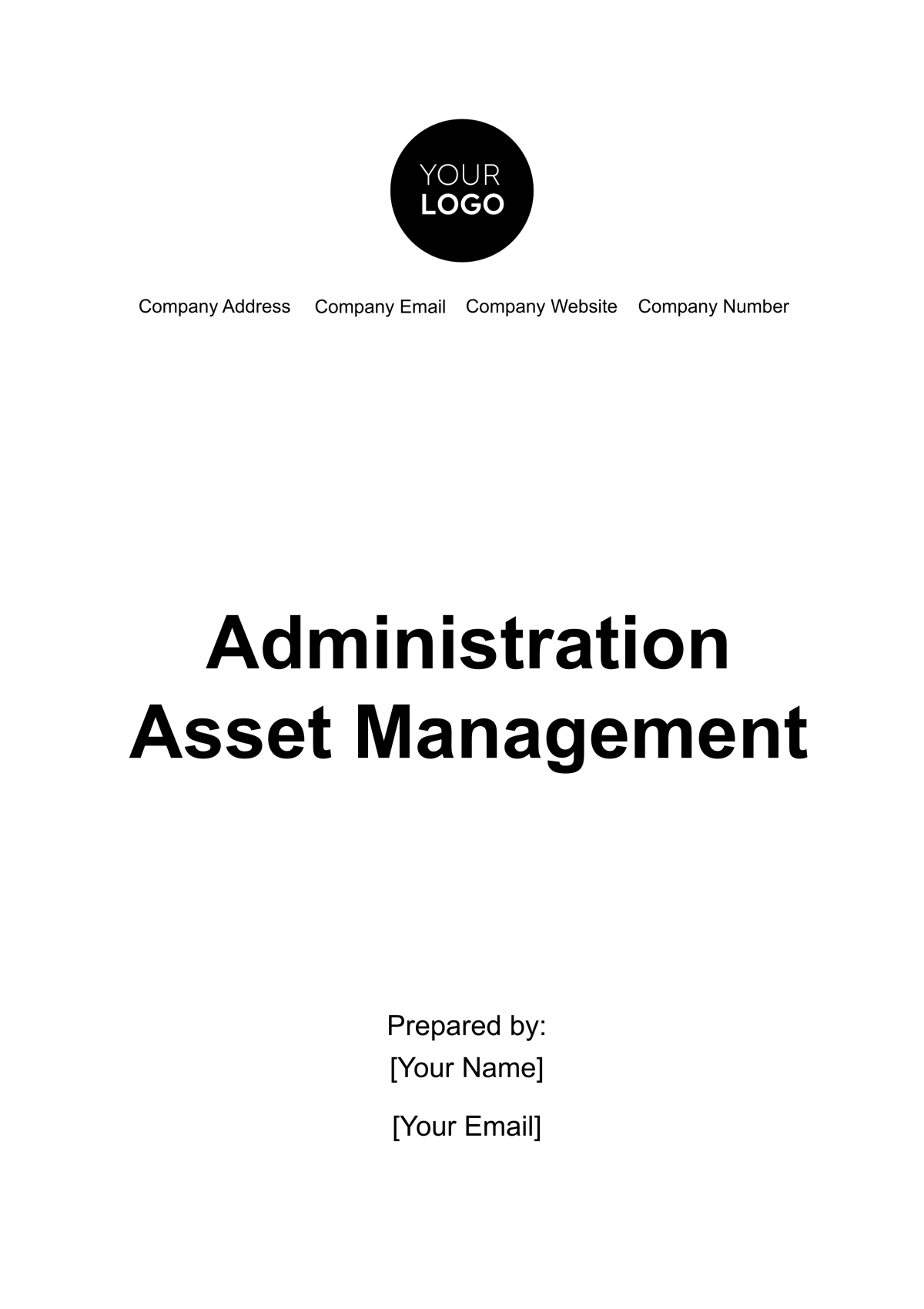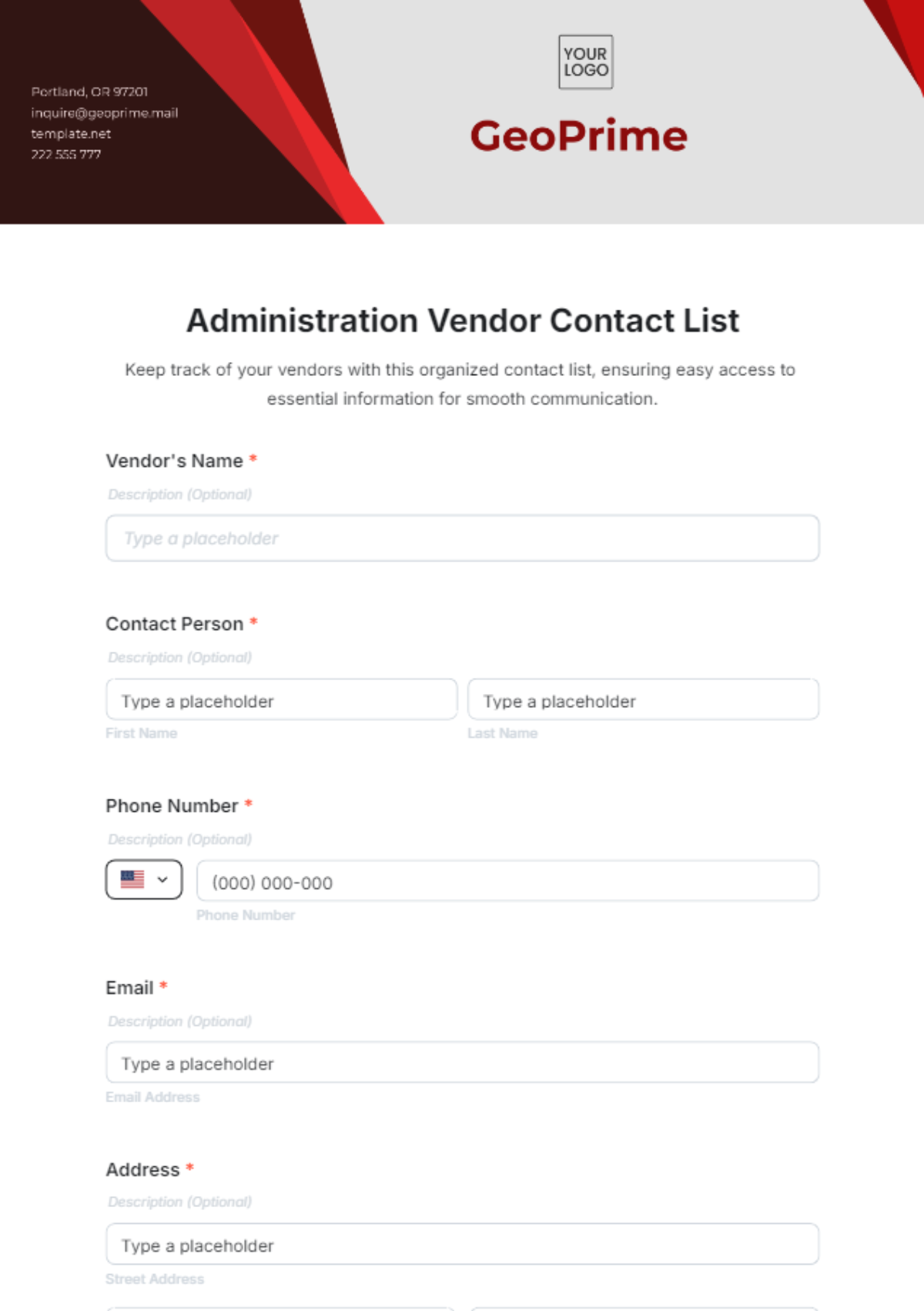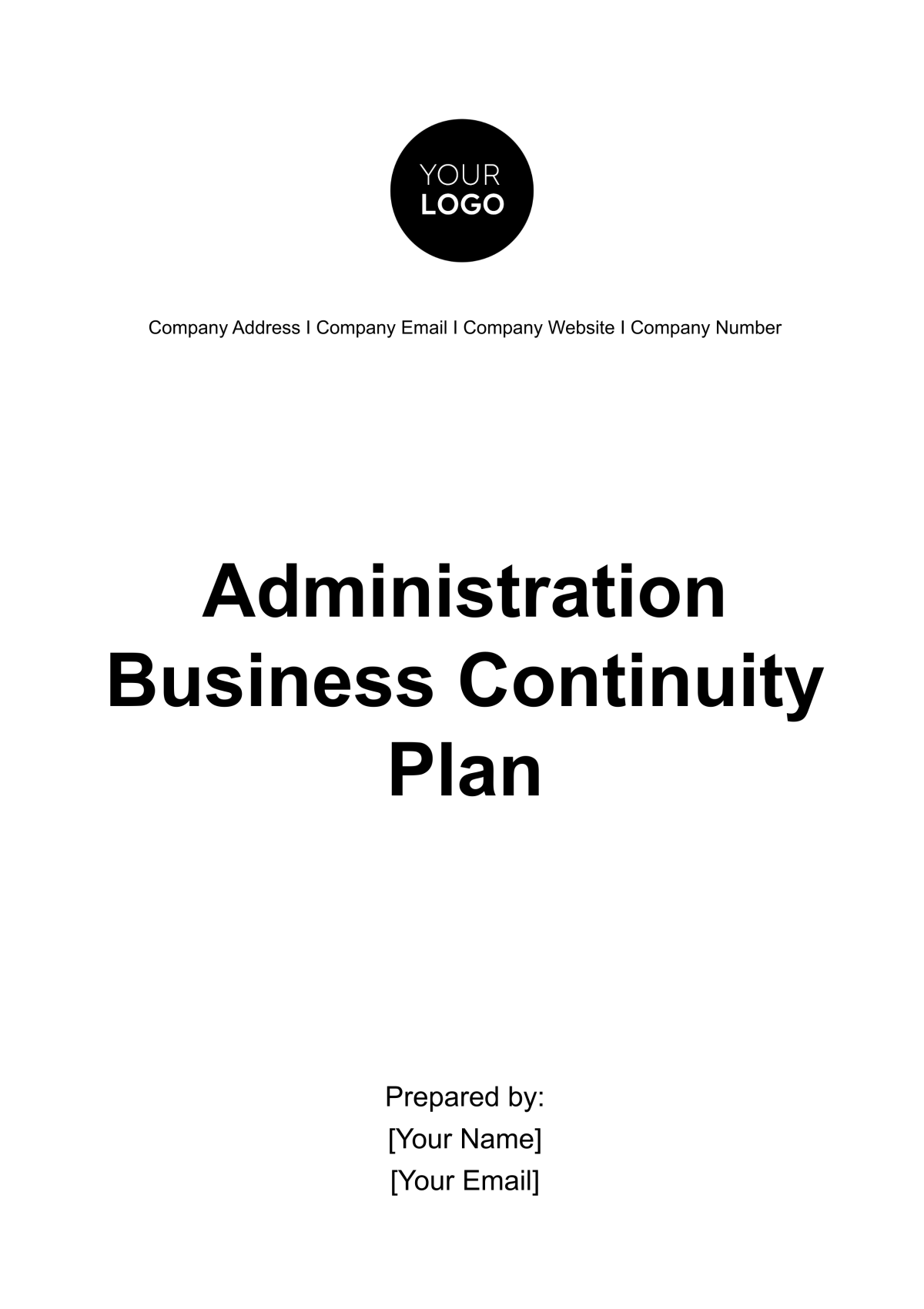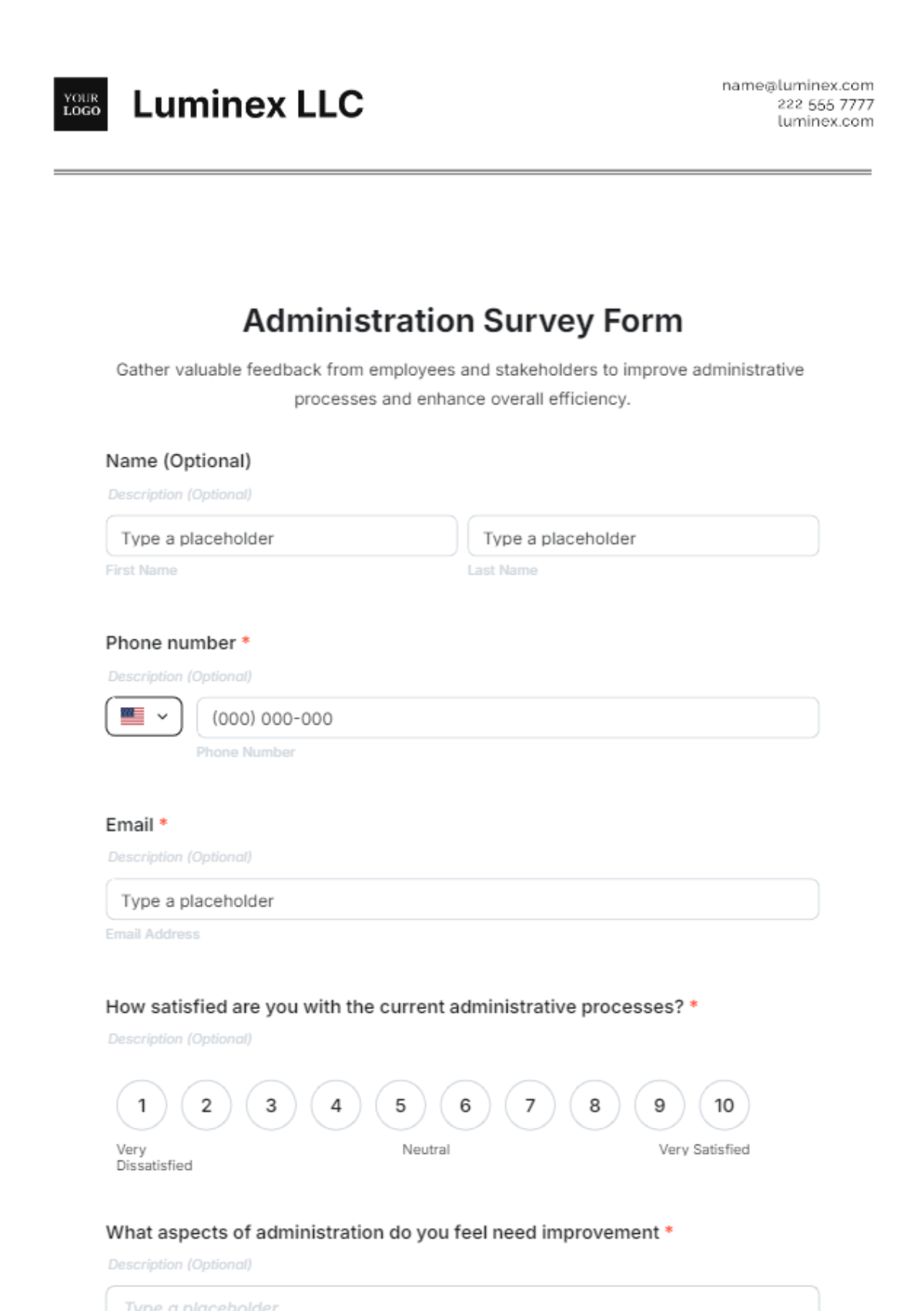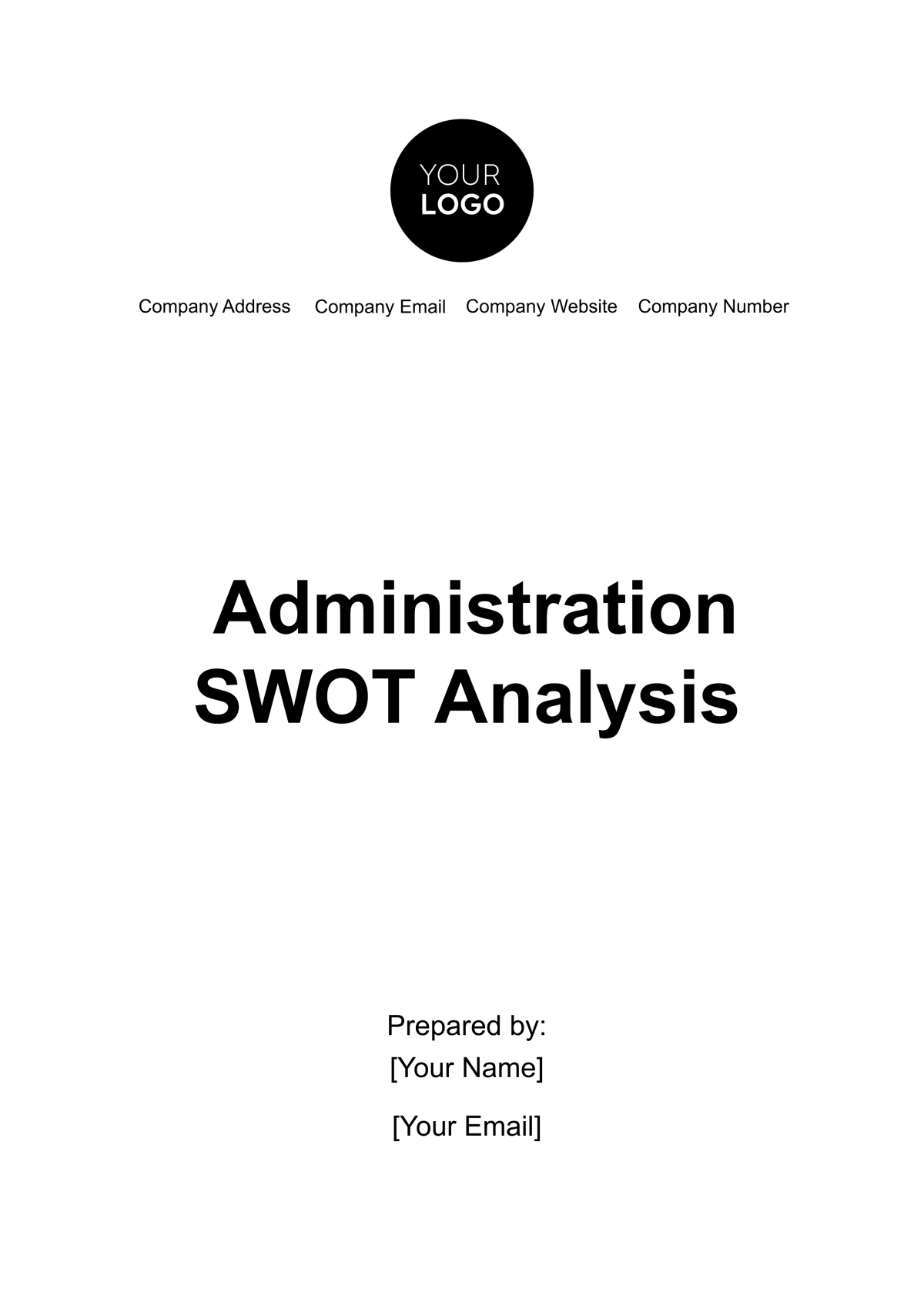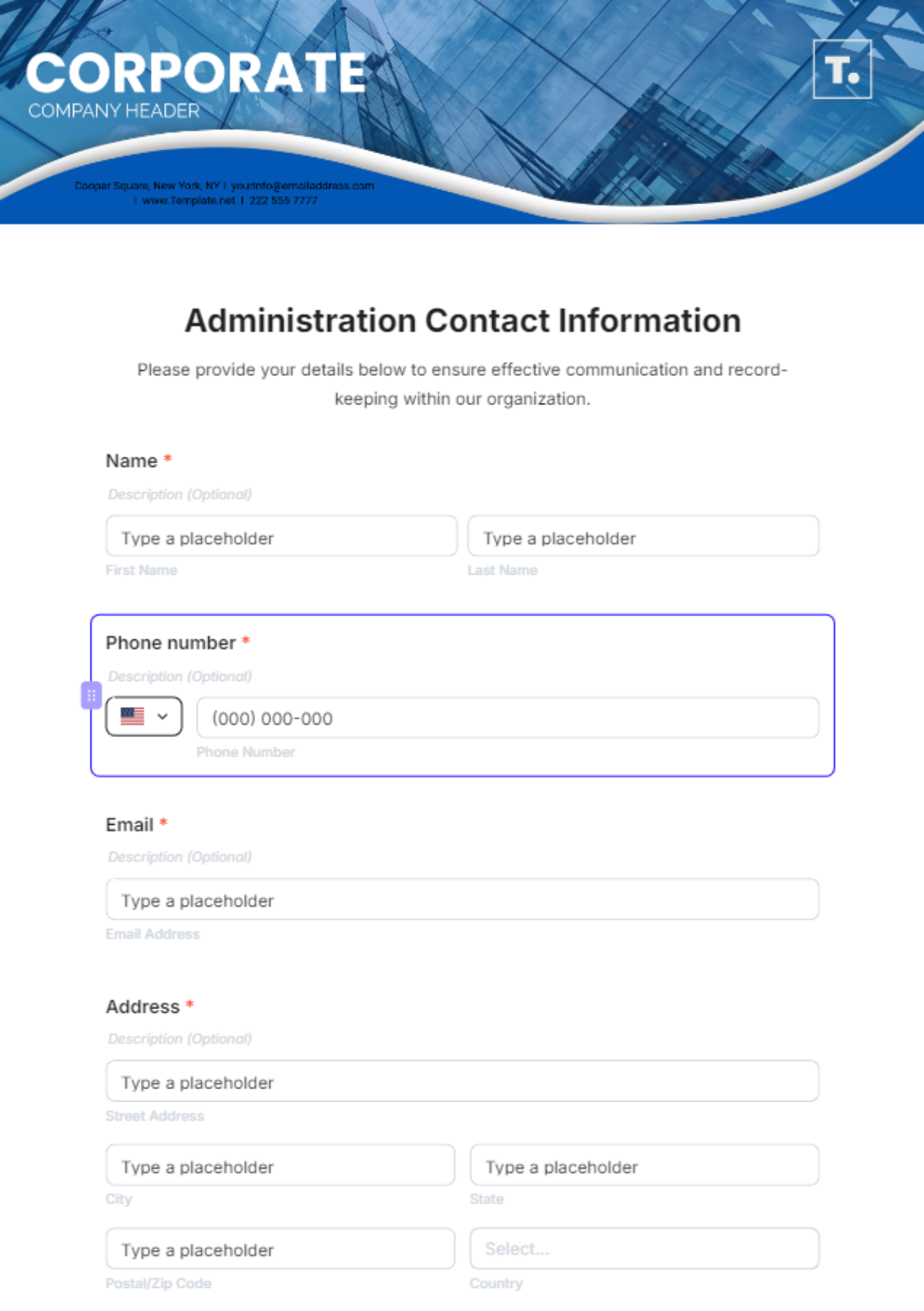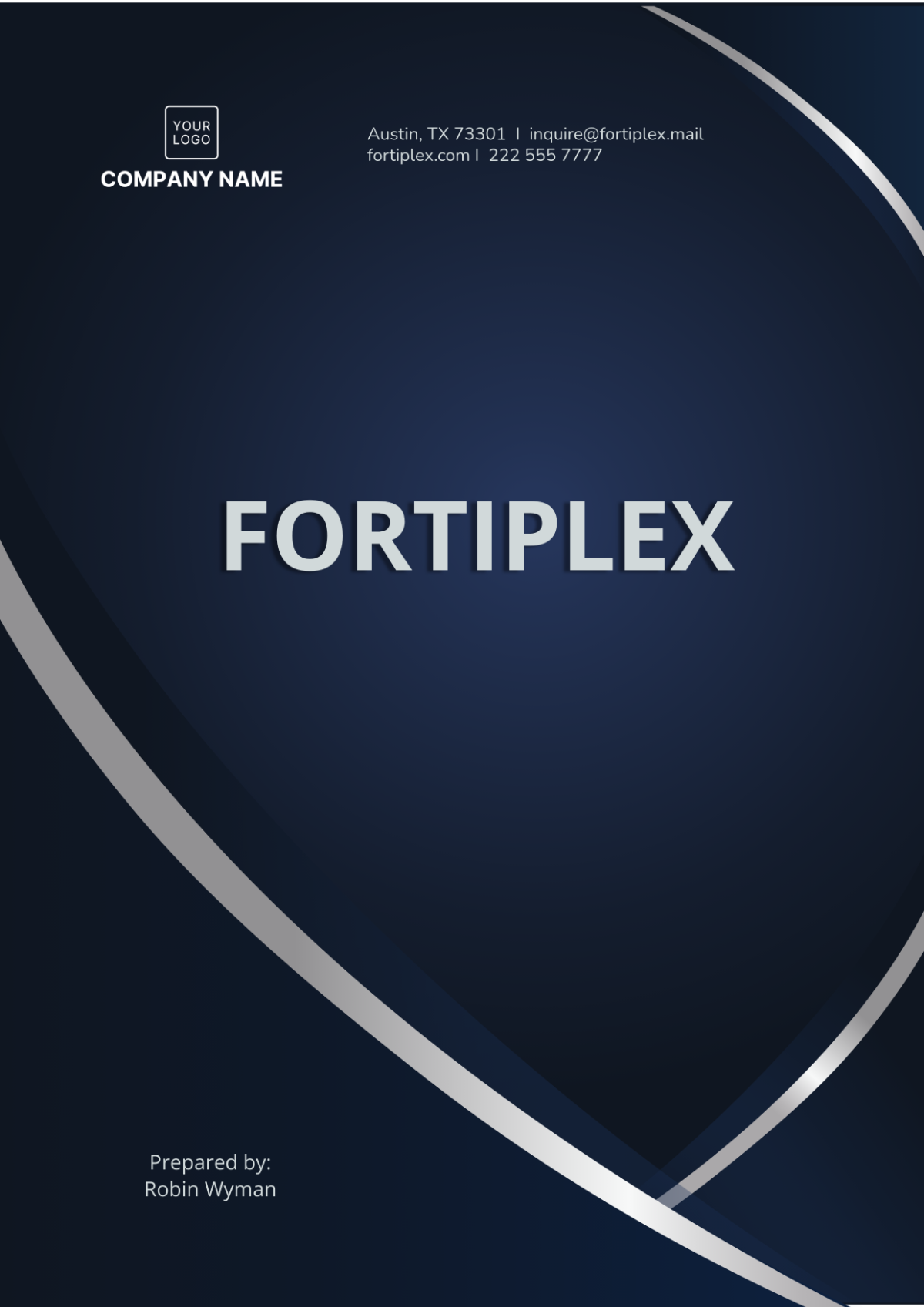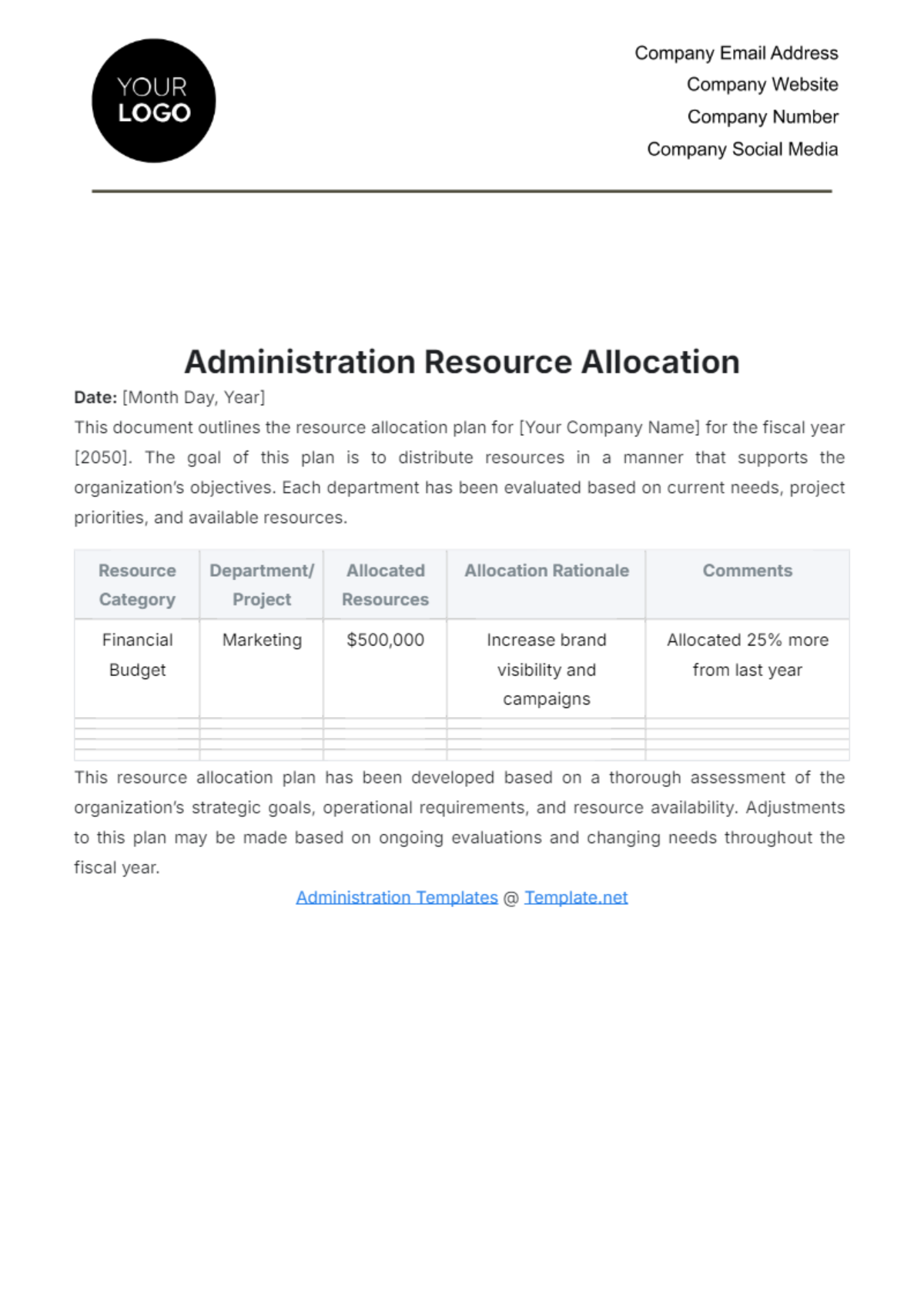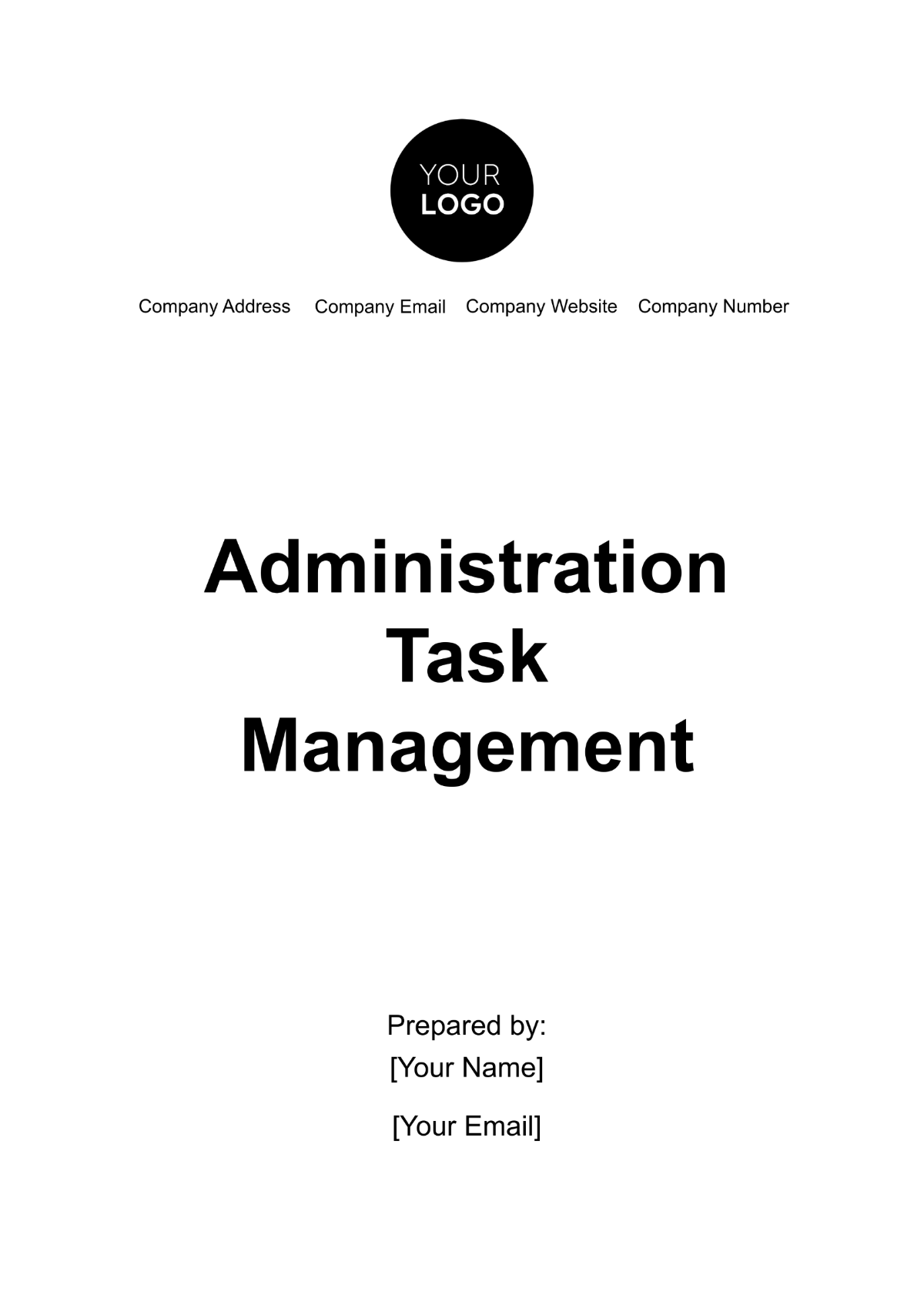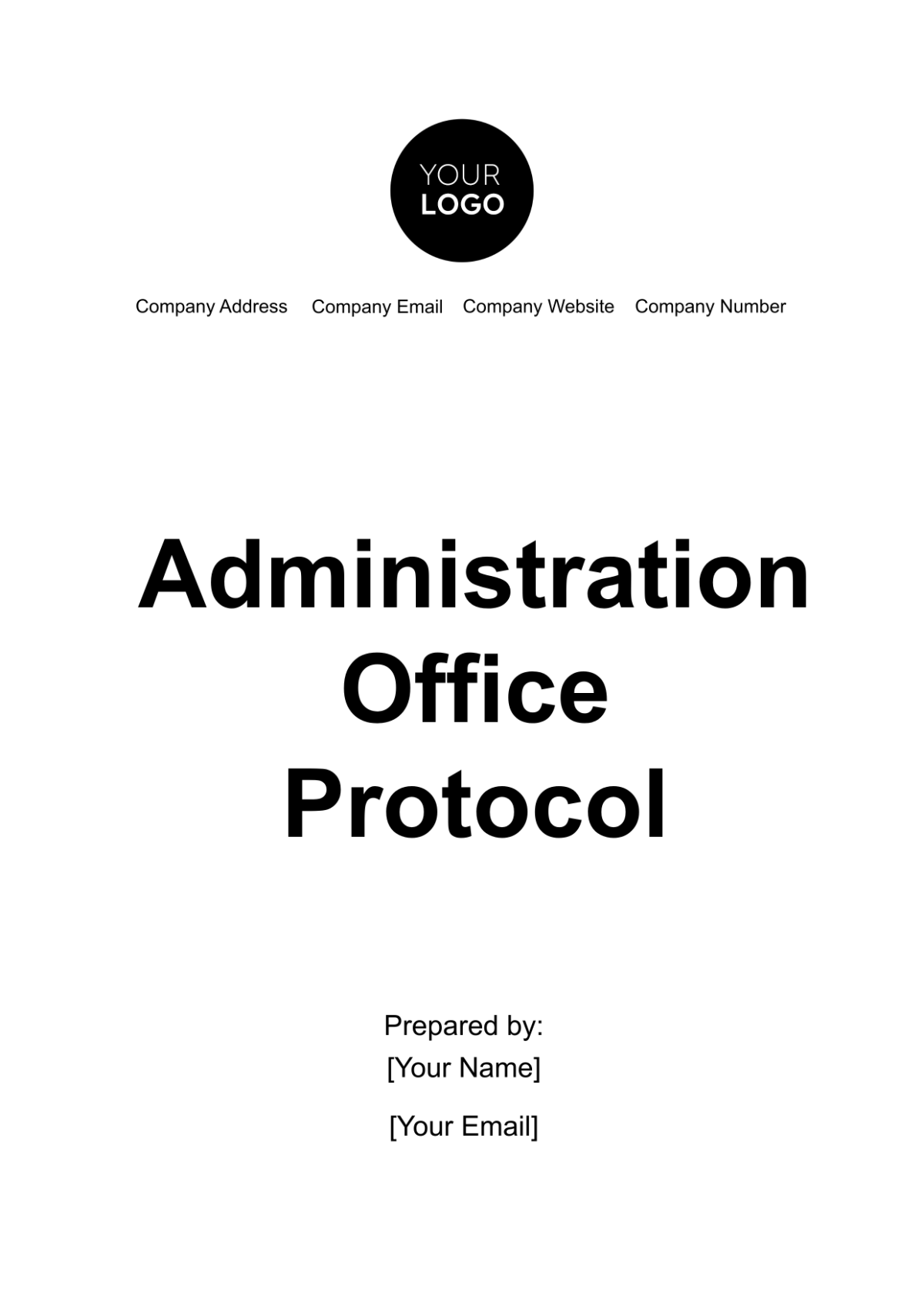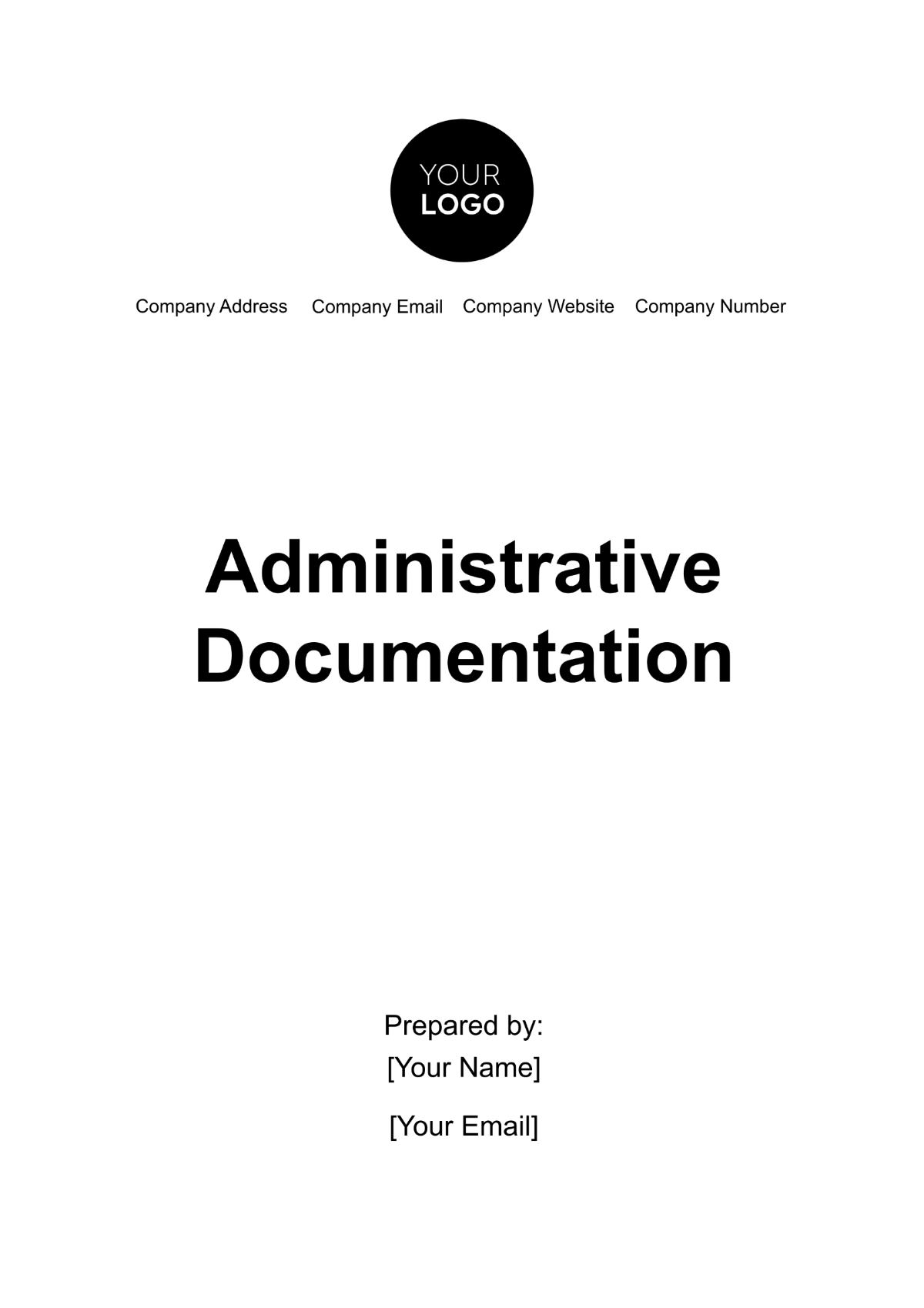I. Introduction
[Your Company Name] is a leading provider of innovative software solutions designed to streamline business processes and enhance productivity and is headquartered in [Location]. In order to sustain its operations and meet the needs of its customers, the company regularly engages in procurement activities to acquire necessary goods, services, and works. This case study examines a recent procurement project undertaken by [Your Company Name] to acquire state-of-the-art manufacturing equipment for our production facility expansion initiative.
II. Context of Procurement
A. Description of Goods/Services/Works Required
Cutting-edge Technology Solutions: Procurement focused on acquiring sophisticated software platforms for project management, CRM, and ERP, aimed at optimizing internal processes and enhancing collaboration.
Hardware Equipment: Acquisition of state-of-the-art hardware equipment, including servers, networking devices, and workstations, essential for scaling up capacity and meeting growing demands.
B. Legal and Regulatory Framework
Complex Legal Landscape: [Your Company Name] operates in a highly regulated industry with stringent compliance requirements, including data privacy regulations, industry standards, and government procurement laws.
Adherence to Regulations: Ensuring compliance with regulations was critical to mitigating legal risks, safeguarding sensitive information, and maintaining the company's reputation for integrity and ethical business practices.
International Standards: Compliance with international standards and certifications was essential to ensure the quality and reliability of the goods and services procured, emphasizing the importance of regulatory compliance in the procurement process.
III. Procurement Process
The following table provides a summary of the procurement process undertaken by [Your Company Name]. Each phase is briefly outlined, encompassing key activities involved in acquiring necessary goods, services, or works. Further details regarding each phase are elaborated upon in the subsequent sections.
Phase | Description |
|---|---|
Planning Phase | Identify requirements, allocate budget, conduct market research. |
Solicitation Phase | Issue RFP/RFB, select suppliers, advertise. |
Evaluation Phase | Evaluate proposals, assess suppliers, analyze bids. |
Award Phase | Negotiate contracts, make award decisions, sign contracts. |
A. Planning Phase
Identification of Requirements: The planning phase began with a comprehensive assessment of [Your Company Name]'s requirements, including a thorough analysis of project scope, objectives, and desired outcomes.
Budget Allocation: A detailed budget was allocated, taking into account various factors such as project scope, resource requirements, and cost estimates obtained from market research and vendor assessments.
Market Research: Extensive market research was conducted to identify potential suppliers, assess market trends, and benchmark pricing to ensure competitive bids and optimal value for [Your Company Name].
B. Solicitation Phase
Issuance of Request for Proposals (RFP) or Bids (RFB): Based on the defined requirements, [Your Company Name] issued RFPs or RFBs to solicit proposals from qualified suppliers, outlining project specifications, evaluation criteria, and terms and conditions.
Supplier Selection Criteria: Clear and objective selection criteria were established to evaluate supplier proposals, encompassing factors such as technical capabilities, past performance, pricing, and compliance with regulatory requirements.
Advertising and Outreach: Targeted advertising and outreach efforts were undertaken to attract a diverse pool of qualified suppliers, leveraging various channels such as industry forums, trade publications, and online platforms to maximize visibility and participation.
C. Evaluation Phase
Proposal Evaluation: Supplier proposals were meticulously evaluated against pre-defined criteria, with a focus on assessing technical capabilities, alignment with project requirements, and overall value proposition.
Supplier Assessment: Comprehensive assessments of supplier qualifications, past performance, and financial stability were conducted to ensure suitability and reliability.
Bid Analysis: Detailed analysis of bids was performed, considering factors such as pricing structures, total cost of ownership, and potential risks to identify the most advantageous offers for [Your Company Name].
D. Award Phase
Contract Negotiation: Negotiations were initiated with selected suppliers to finalize contractual terms, including pricing, delivery schedules, warranties, and service level agreements, ensuring alignment with [Your Company Name]'s objectives and requirements.
Award Decision: Based on the results of the evaluation phase and contract negotiations, award decisions were made, taking into consideration factors such as supplier capabilities, pricing competitiveness, and overall value proposition.
Contract Signing: Upon reaching mutual agreement, contracts were signed with selected suppliers, formalizing the terms and conditions of the procurement agreement and establishing clear expectations for both parties.
IV. Challenges Faced
A. Budgetary Constraints
Managing within Budget: [Your Company Name] encountered challenges in managing within the allocated budget, as the procurement project required significant investment in technology and resources.
Cost Considerations: Balancing cost considerations with quality requirements posed a challenge, as [Your Company Name] sought to optimize spending while ensuring the acquisition of high-quality goods/services.
Budget Reallocation: The need to reallocate funds from other areas of the budget to accommodate unforeseen expenses presented additional challenges, requiring careful prioritization and resource allocation.
B. Legal and Regulatory Compliance
Navigating Complex Regulations: Compliance with legal and regulatory requirements was a complex undertaking, as [Your Company Name] operates in a highly regulated industry with stringent procurement laws and standards.
Ensuring Transparency: Maintaining transparency and accountability throughout the procurement process was essential, necessitating meticulous record-keeping, documentation, and adherence to procurement policies and procedures.
Risk of Non-Compliance: The risk of non-compliance with applicable laws and regulations posed significant legal and reputational risks for [Your Company Name], underscoring the importance of robust compliance measures and oversight.
C. Supplier Issues
Capacity Constraints: Some suppliers faced capacity constraints or resource limitations, leading to delays or challenges in meeting project deadlines and requirements.
Reliability Concerns: Concerns about supplier reliability and performance were raised, particularly regarding their ability to deliver on promises and meet quality standards consistently.
Communication Challenges: Communication breakdowns and misunderstandings between [Your Company Name] and suppliers posed challenges, highlighting the importance of clear and effective communication channels and relationship management.
D. Organizational Barriers
Bureaucratic Processes: Internal bureaucratic processes and red tape slowed down decision-making and hindered progress, leading to delays and inefficiencies in the procurement process.
Resistance to Change: Resistance to change and reluctance to adopt new procurement practices or technologies within the organization presented barriers to innovation and improvement.
Siloed Departments: Siloed departmental structures and lack of cross-functional collaboration impeded coordination and alignment of objectives, hindering the smooth execution of the procurement project.
V. Strategies Employed
A. Cost-saving Measures
Competitive Bidding: [Your Company Name] implemented a competitive bidding process to solicit proposals from multiple suppliers, fostering competition and driving down costs.
Value Engineering: Employing value engineering techniques, [Your Company Name] optimized designs and specifications to reduce costs without sacrificing quality, ensuring maximum value for investment.
Negotiation Tactics: Skillful negotiation tactics were employed to secure favorable pricing and terms with suppliers, leveraging [Your Company Name]'s purchasing power and market knowledge to achieve cost savings.
Total Cost Analysis: Conducting thorough total cost analysis, including lifecycle costs and long-term benefits, enabled [Your Company Name] to make informed decisions and identify opportunities for cost optimization.
B. Risk Management Strategies
Risk Identification: Proactively identifying and assessing risks associated with suppliers, market volatility, and project execution enabled [Your Company Name] to develop risk mitigation strategies and contingency plans.
Supplier Diversification: Diversifying the supplier base reduced dependency on single sources, mitigating the risk of supply chain disruptions and ensuring continuity of operations.
Contractual Protections: Negotiating robust contracts with clear terms and conditions, warranties, and service level agreements provided [Your Company Name] with contractual protections and recourse in the event of supplier non-performance or disputes.
Continuous Monitoring: Regular monitoring and assessment of supplier performance and market conditions allowed [Your Company Name] to adapt to changing circumstances and mitigate emerging risks effectively.
C. Collaboration with Stakeholders
Cross-functional Teams: Establishing cross-functional teams comprising representatives from procurement, finance, operations, and other departments facilitated collaboration, alignment of objectives, and informed decision-making.
Stakeholder Engagement: Engaging stakeholders at every stage of the procurement process, including project sponsors, end-users, and external partners, ensured buy-in, transparency, and accountability.
Supplier Partnerships: Building strategic partnerships with key suppliers fostered mutual trust, collaboration, and innovation, driving value creation and enhancing competitiveness.
Performance Feedback: Soliciting and providing regular feedback to suppliers and internal stakeholders enabled [Your Company Name] to address issues promptly, drive continuous improvement, and strengthen relationships.
D. Use of Technology and Innovation
Digital Procurement Platforms: Implementing digital procurement platforms and e-procurement tools streamlined processes, improved transparency, and enhanced efficiency in sourcing, bidding, and contract management.
Data Analytics: Leveraging data analytics and business intelligence tools provided [Your Company Name] with actionable insights into supplier performance, market trends, and cost-saving opportunities, informing strategic decision-making and process optimization.
Automation: Automating routine tasks such as invoice processing, vendor management, and contract compliance monitoring reduced manual effort, minimized errors, and accelerated procurement cycles.
Emerging Technologies: Exploring emerging technologies such as blockchain, artificial intelligence, and predictive analytics enabled [Your Company Name] to innovate and stay ahead of market trends, unlocking new opportunities for efficiency, agility, and competitive advantage.
VI. Outcomes and Results
A. Cost Savings Achieved
Through the implementation of strategic cost-saving measures and efficient procurement practices, [Your Company Name] realized significant cost savings compared to initial budget estimates. These savings allowed the company to allocate resources more effectively, invest in other strategic initiatives, and enhance its financial performance. By optimizing spending without compromising on quality, [Your Company Name] demonstrated its commitment to financial stewardship and maximizing value for stakeholders.
B. Quality of Goods/Services/Works
The goods, services, and works acquired through the procurement process met or exceeded [Your Company Name]'s expectations in terms of quality, reliability, and performance. By rigorously evaluating suppliers and enforcing stringent quality standards, [Your Company Name] ensured that only the highest quality products and services were procured. This enabled the company to deliver superior products and services to its customers, maintain a competitive edge in the market, and enhance its reputation for excellence and reliability.
C. Timeliness of Delivery
Timely delivery of goods, services, and works was critical to [Your Company Name]'s operations and customer satisfaction. Thanks to effective supplier management, proactive risk mitigation strategies, and robust project management practices, the procurement project was completed within the specified timeframe. This ensured uninterrupted business operations, minimized disruptions, and enabled [Your Company Name] to meet its commitments to customers and stakeholders. By delivering projects on time, [Your Company Name] demonstrated its reliability, professionalism, and commitment to excellence in execution.
D. Stakeholder Satisfaction
The successful execution of the procurement project resulted in high levels of stakeholder satisfaction across the organization. Internal stakeholders, including executives, project teams, and procurement professionals, appreciated the transparency, efficiency, and effectiveness of the procurement process. External stakeholders, including customers, suppliers, and regulatory agencies, benefited from the high-quality products and services delivered by [Your Company Name]. By consistently exceeding stakeholder expectations, [Your Company Name] strengthened its relationships, built trust, and enhanced its reputation as a trusted partner and provider of choice in the market.
VII. Lessons Learned
A. Success Factors
Effective Planning: Thorough planning played a crucial role in the success of the procurement project, enabling [Your Company Name] to clearly define requirements, allocate resources, and mitigate risks effectively.
Stakeholder Engagement: Engaging stakeholders early and often facilitated buy-in, alignment of objectives, and collaboration across departments, ensuring a smooth and successful procurement process.
Risk Management: Proactive identification, assessment, and mitigation of risks helped [Your Company Name] anticipate challenges, minimize disruptions, and maintain project momentum.
Technology Utilization: Leveraging technology and innovation enhanced efficiency, transparency, and decision-making, enabling [Your Company Name] to adapt to changing market dynamics and drive continuous improvement.
B. Areas for Improvement
Streamlining Internal Processes: [Your Company Name] identified opportunities to streamline internal processes and procedures, reducing bureaucracy and enhancing agility in decision-making and execution.
Supplier Diversity: Enhancing supplier diversity and expanding the supplier base were identified as areas for improvement, enabling [Your Company Name] to mitigate risks associated with supplier dependency and foster innovation and competition.
Data Analytics: Investing in data analytics capabilities would enable [Your Company Name] to leverage data-driven insights for better decision-making, performance monitoring, and strategic planning in future procurement activities.
C. Recommendations for Future Procurements
Training and Development: Investing in training and development programs for procurement professionals would enhance their skills, knowledge, and capabilities, ensuring they are equipped to navigate complex procurement landscapes and drive value for the organization.
Enhanced Collaboration: Strengthening collaboration between departments, particularly between procurement, finance, and operations, would facilitate better alignment of objectives, improve communication, and streamline processes, enhancing efficiency and effectiveness in future procurements.
Embracing Emerging Technologies: Exploring and adopting emerging technologies such as blockchain, artificial intelligence, and Internet of Things (IoT) would enable [Your Company Name] to further enhance efficiency, transparency, and innovation in procurement processes, driving competitive advantage and future success.
VIII. Conclusion
In conclusion, the administration procurement case study for [Your Company Name] underscores the importance of strategic planning, effective stakeholder engagement, and proactive risk management in achieving successful procurement outcomes. Despite facing various challenges such as budgetary constraints, regulatory complexities, and supplier issues, [Your Company Name] demonstrated resilience and adaptability, leveraging innovative strategies and collaboration to overcome obstacles and deliver value to stakeholders. By embracing lessons learned and recommendations for future procurements, [Your Company Name] is well-positioned to continue driving excellence in procurement practices, fostering innovation, and maintaining a competitive edge in the marketplace.
Moving forward, [Your Company Name] remains committed to continuous improvement and excellence in procurement, with a focus on enhancing efficiency, transparency, and accountability in procurement processes. By fostering a culture of innovation, collaboration, and continuous learning, [Your Company Name] aims to further optimize procurement practices, drive cost savings, and enhance value for stakeholders. With a clear understanding of the challenges and opportunities inherent in procurement, [Your Company Name] is poised to navigate future uncertainties and capitalize on emerging trends to achieve sustainable growth and success in the dynamic business landscape.
